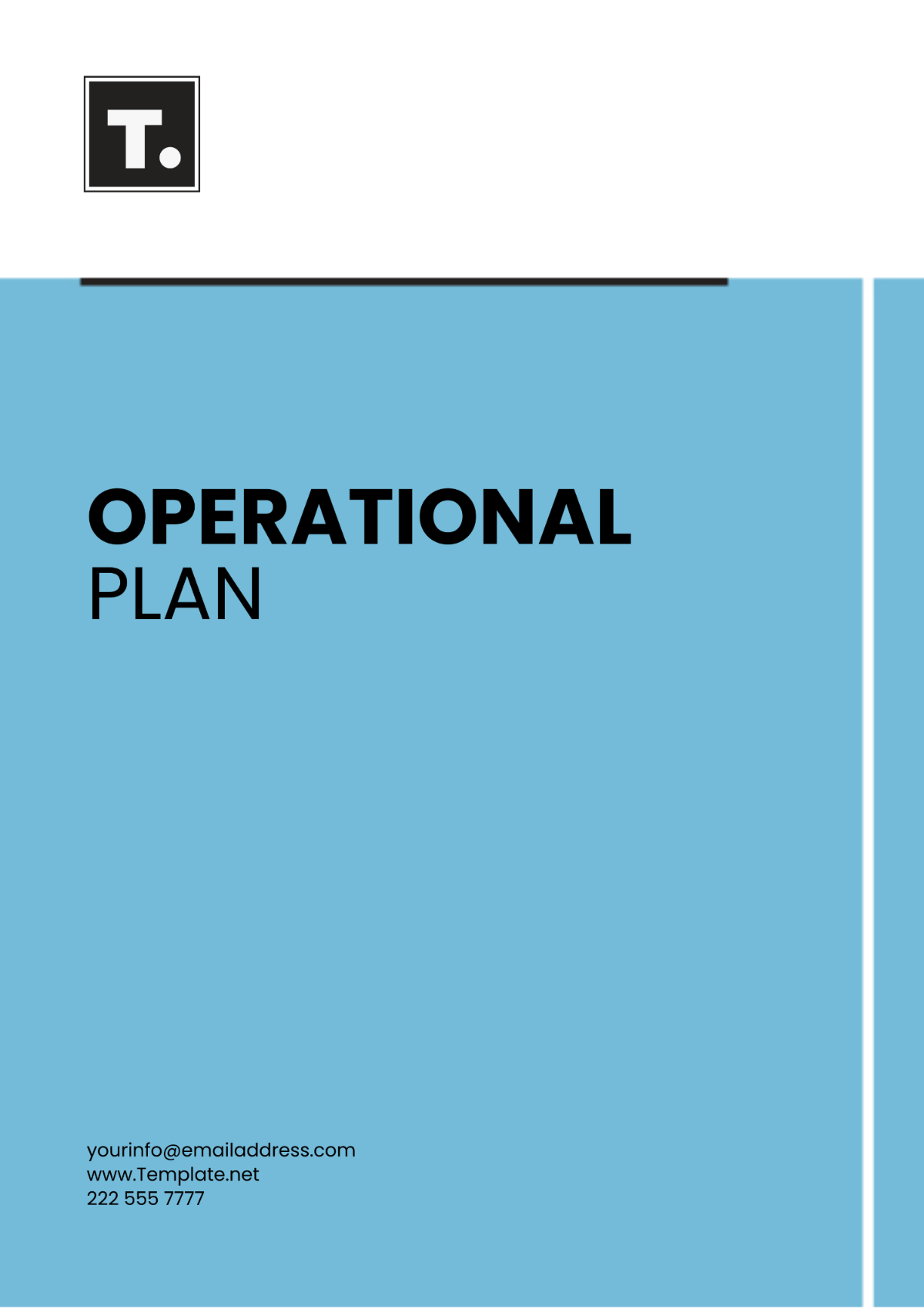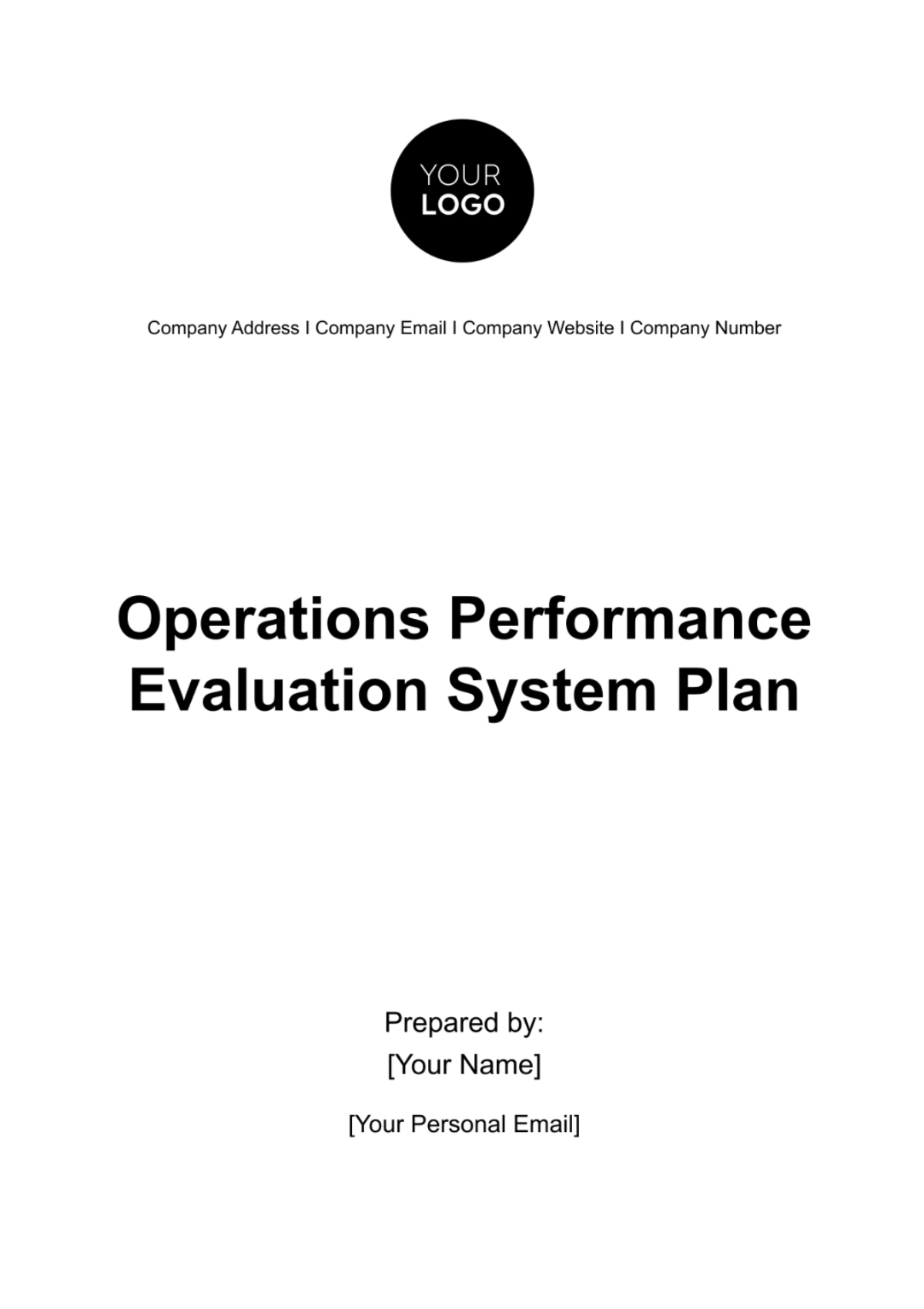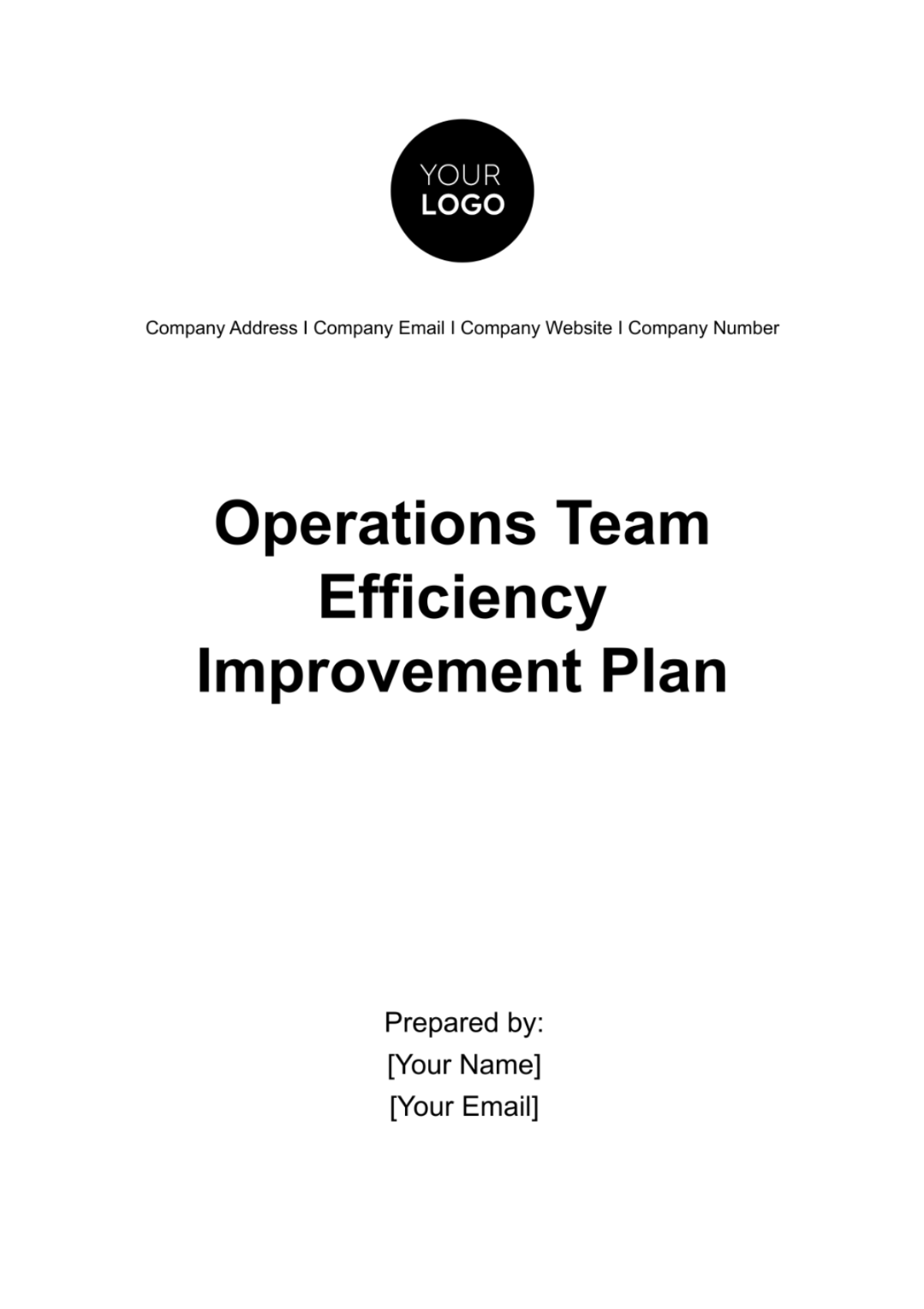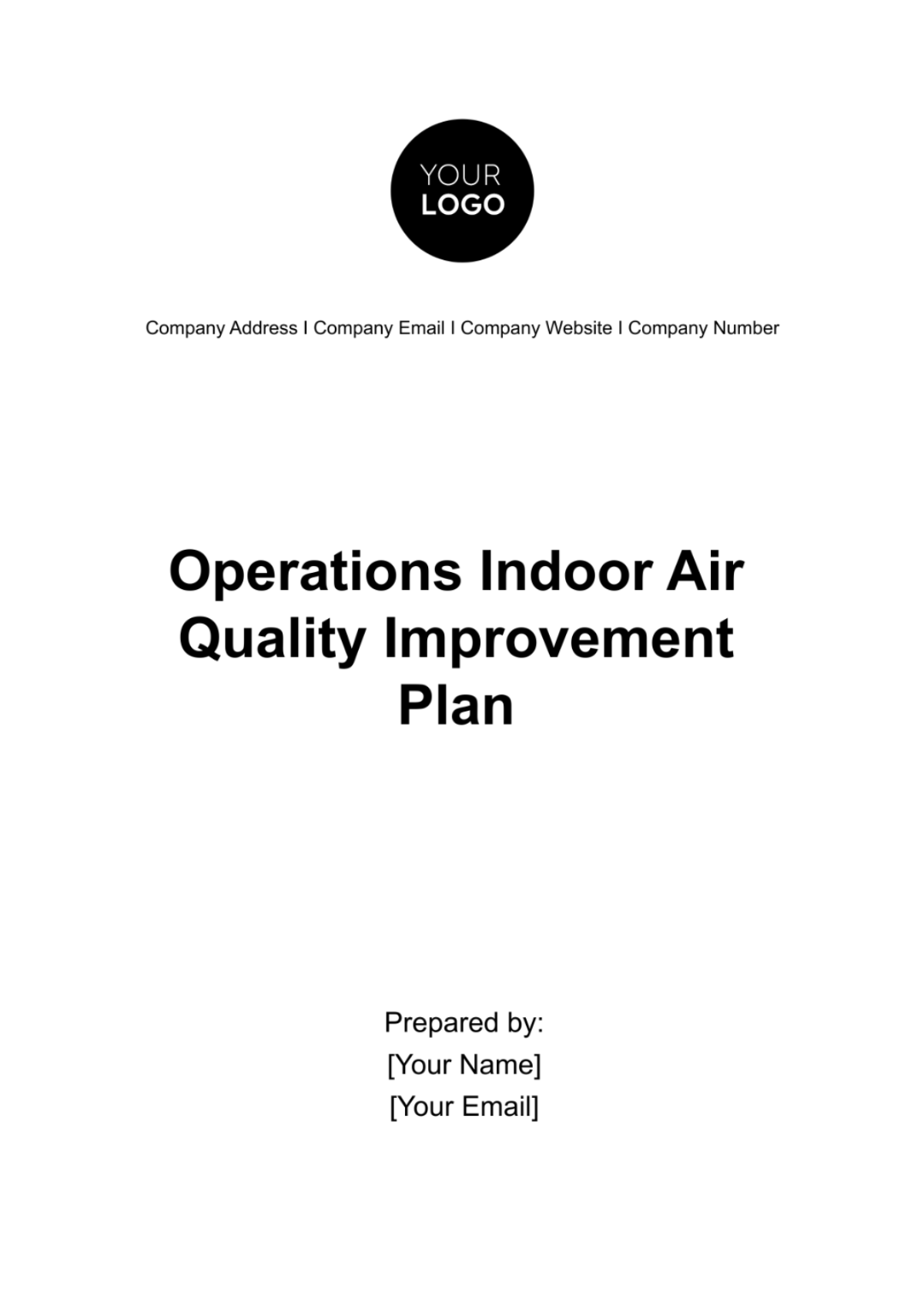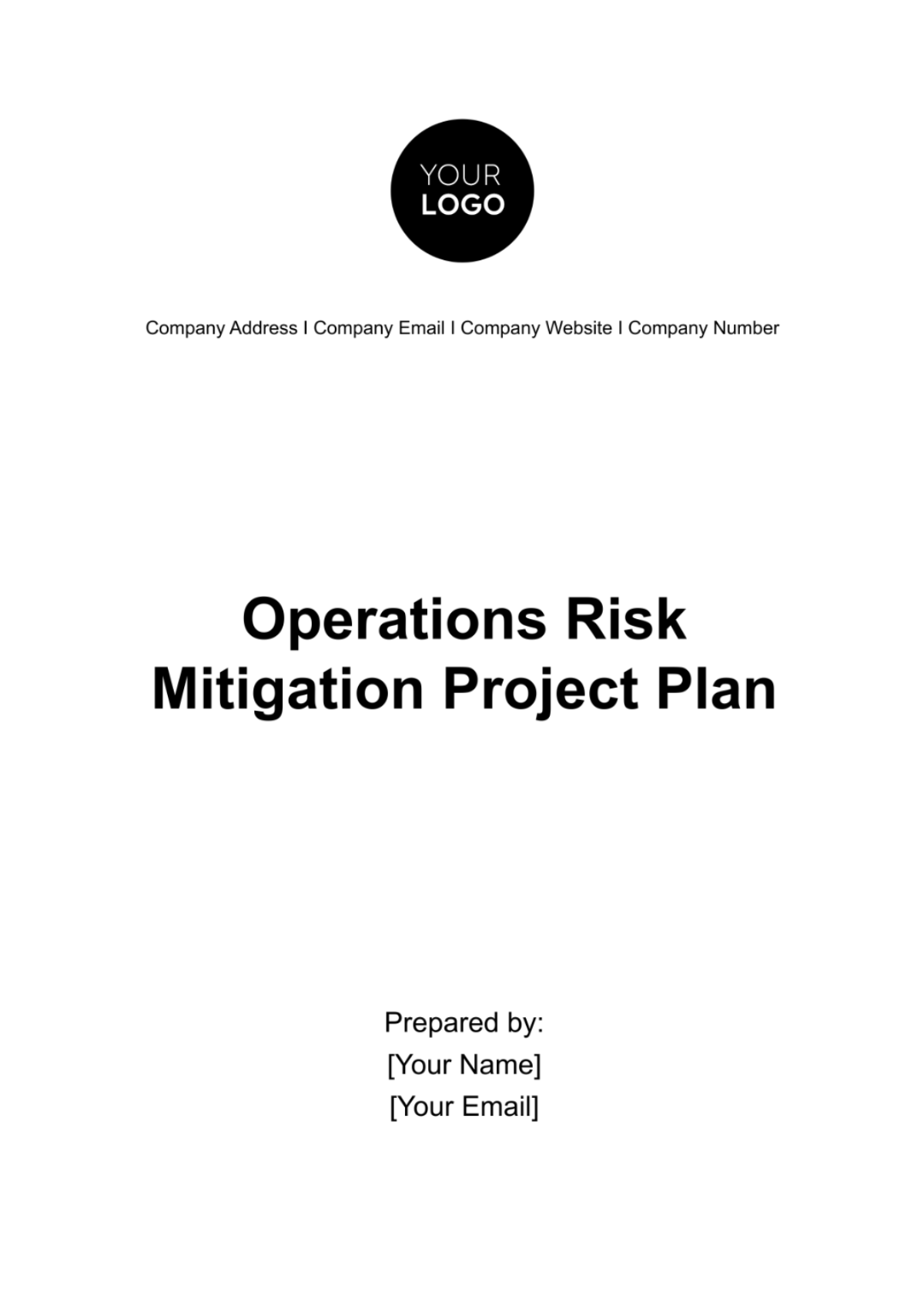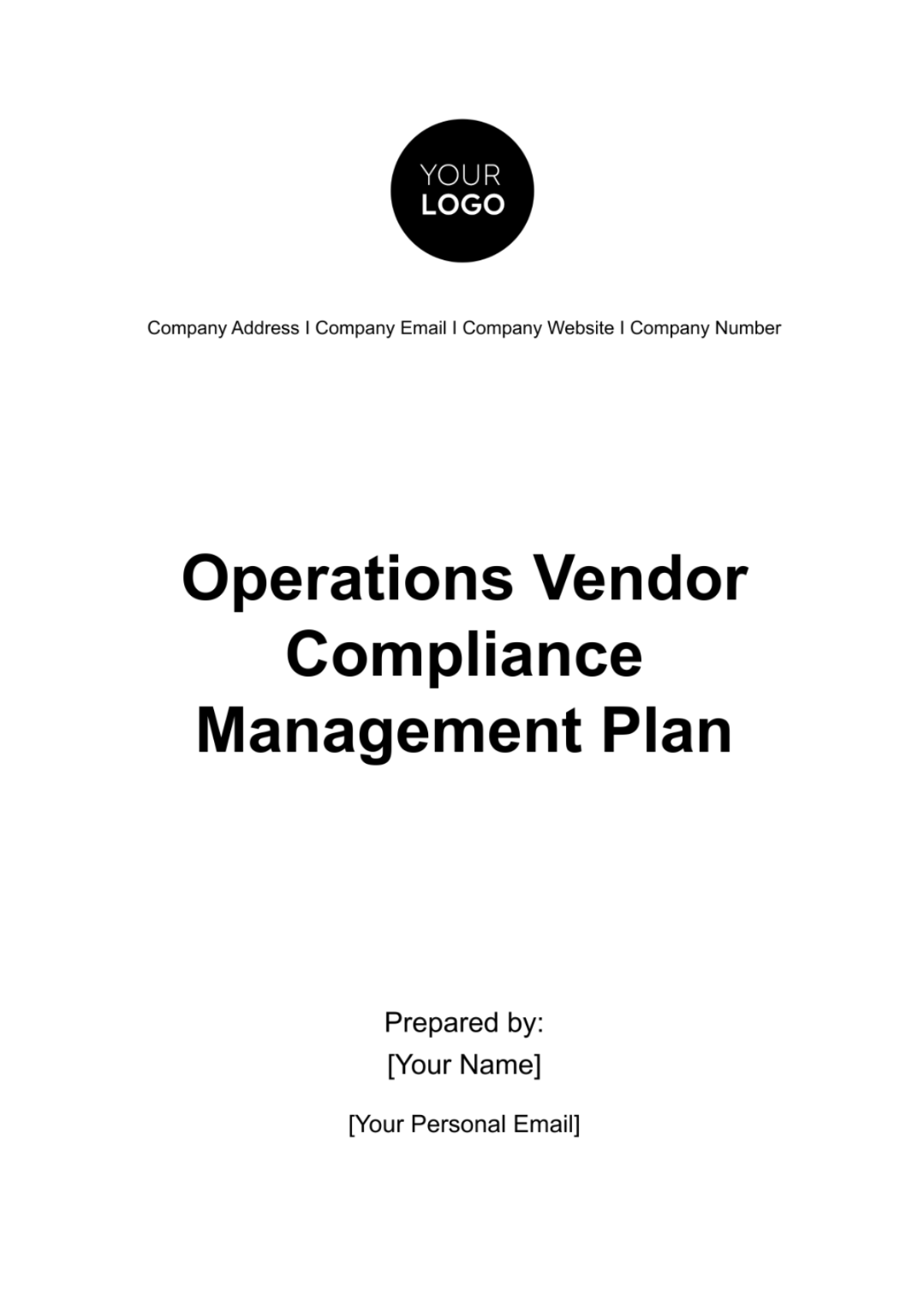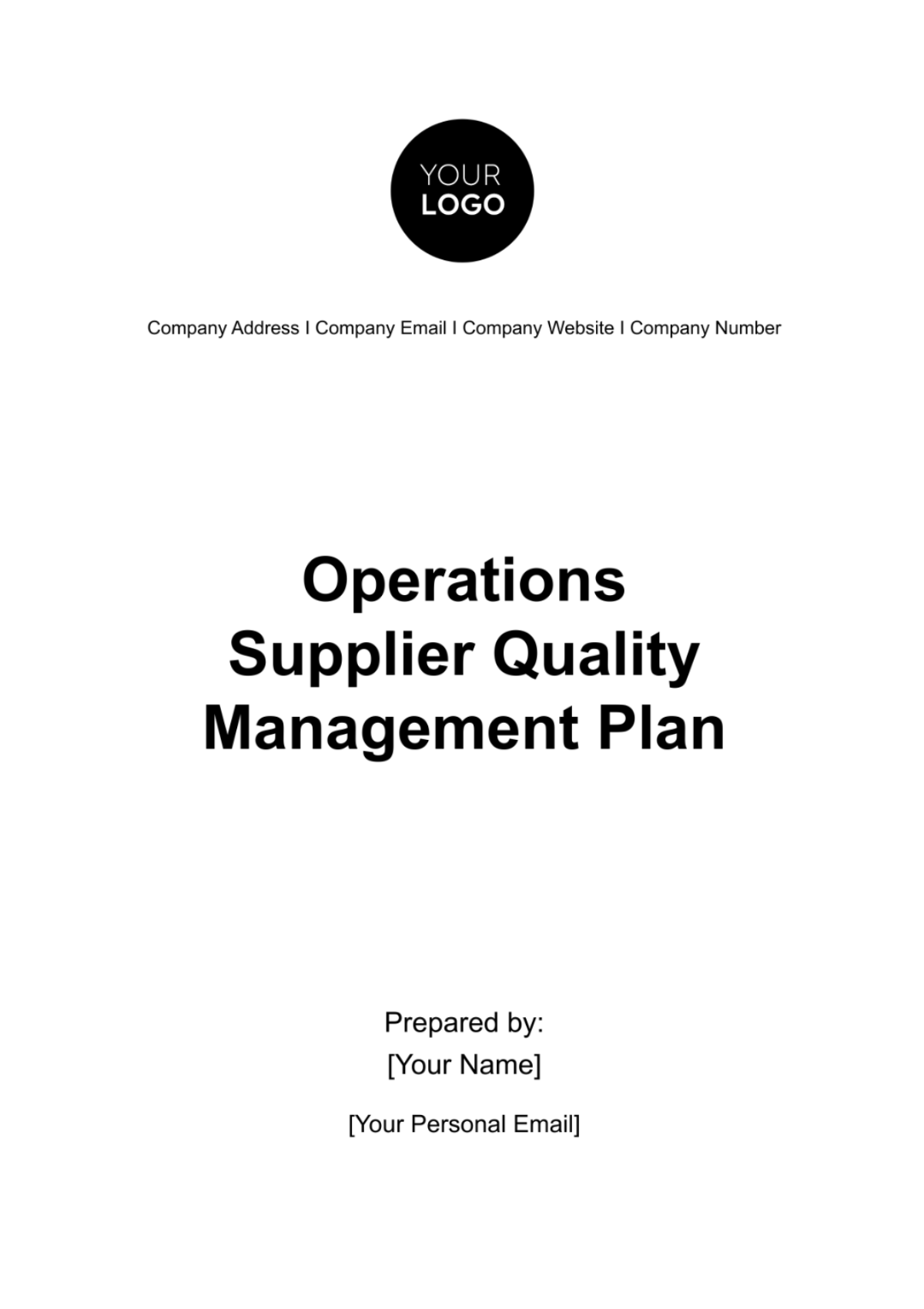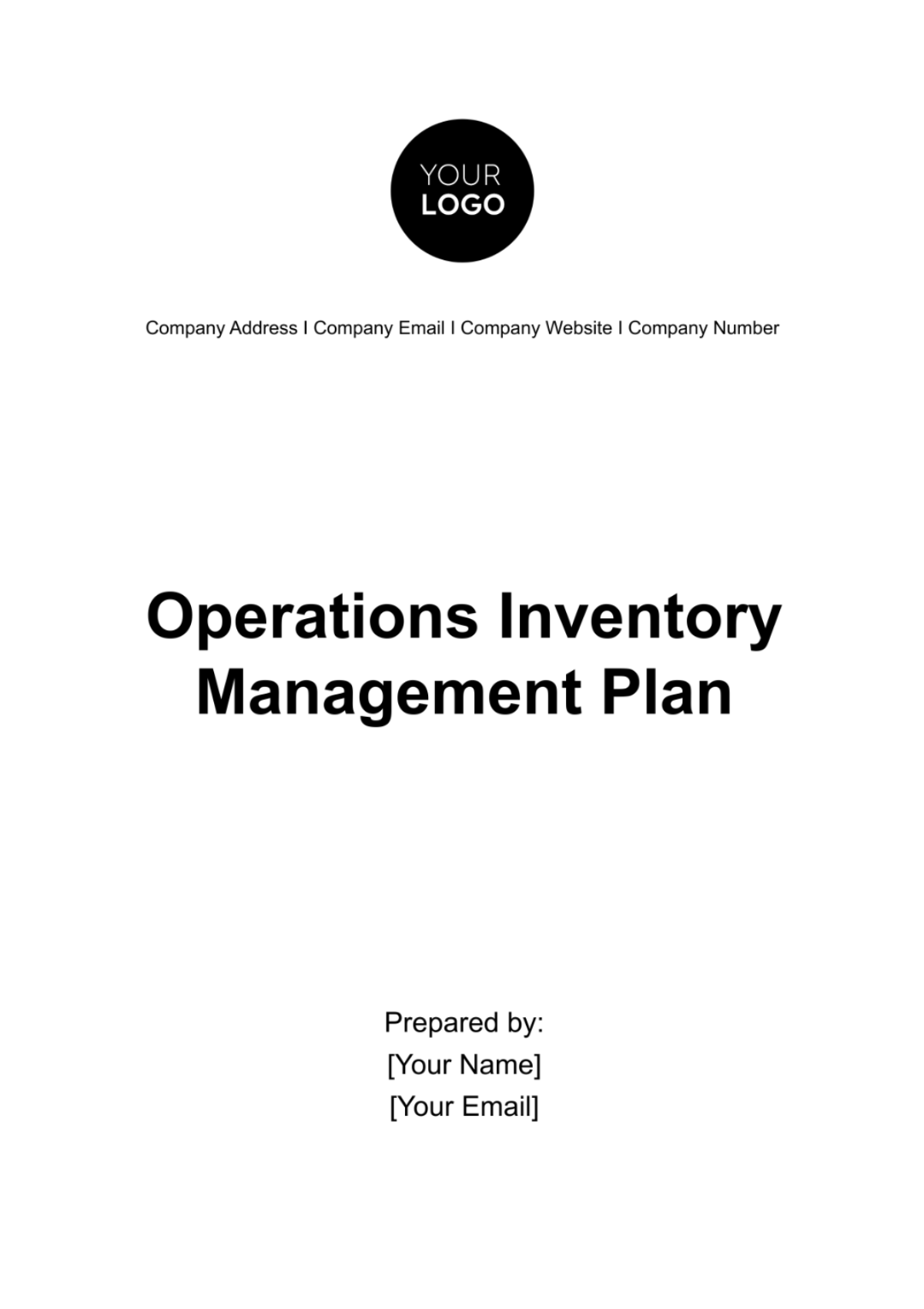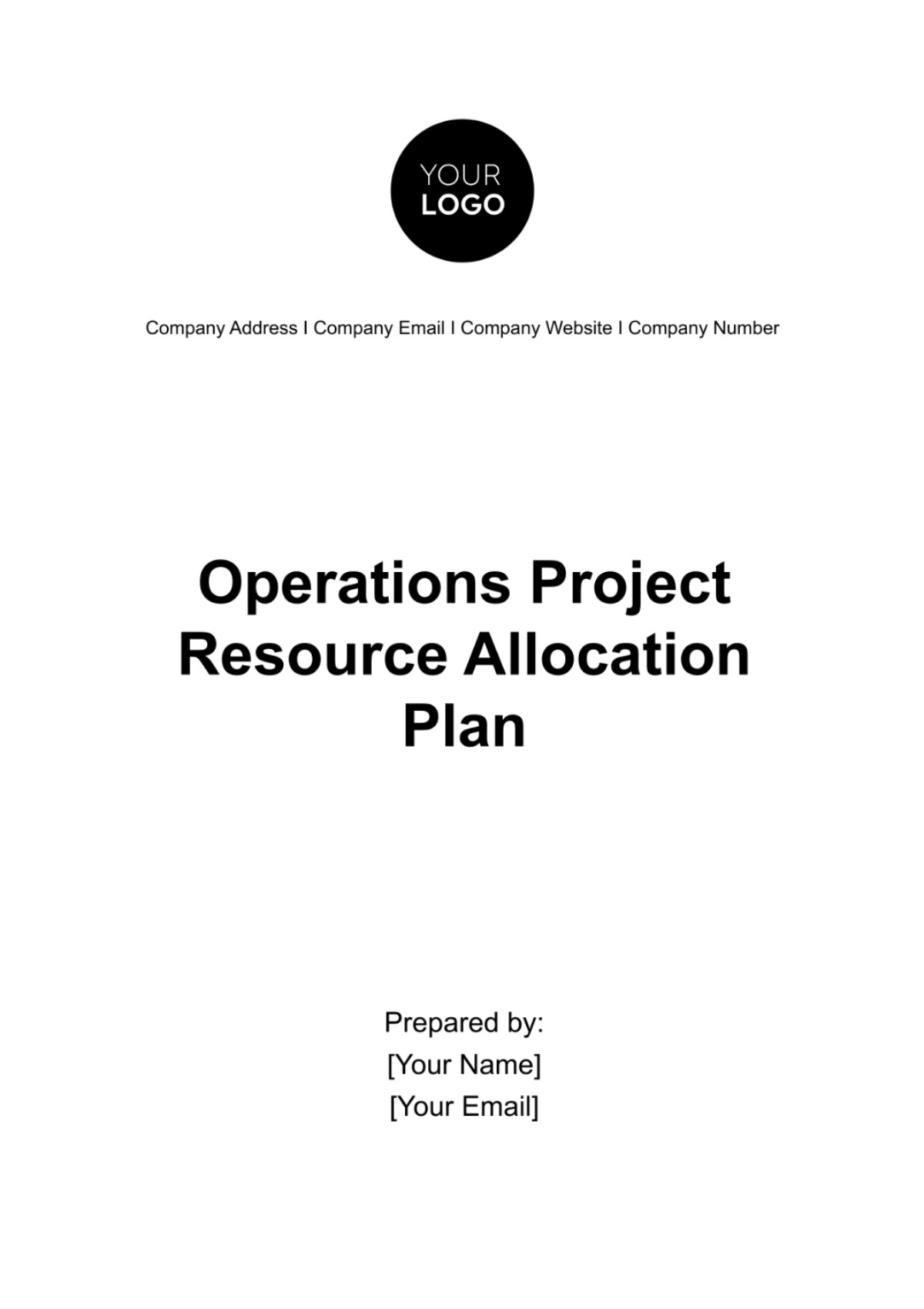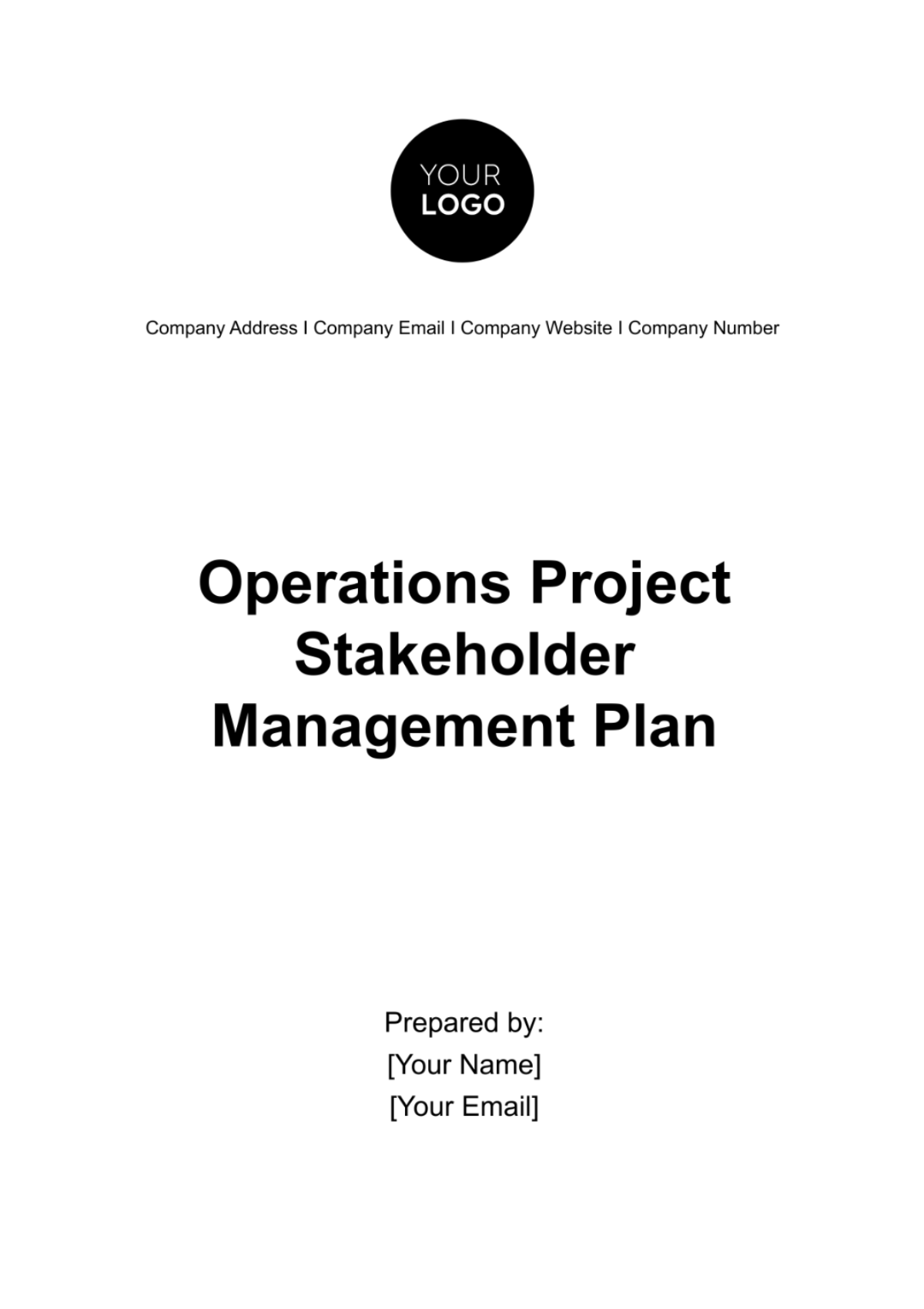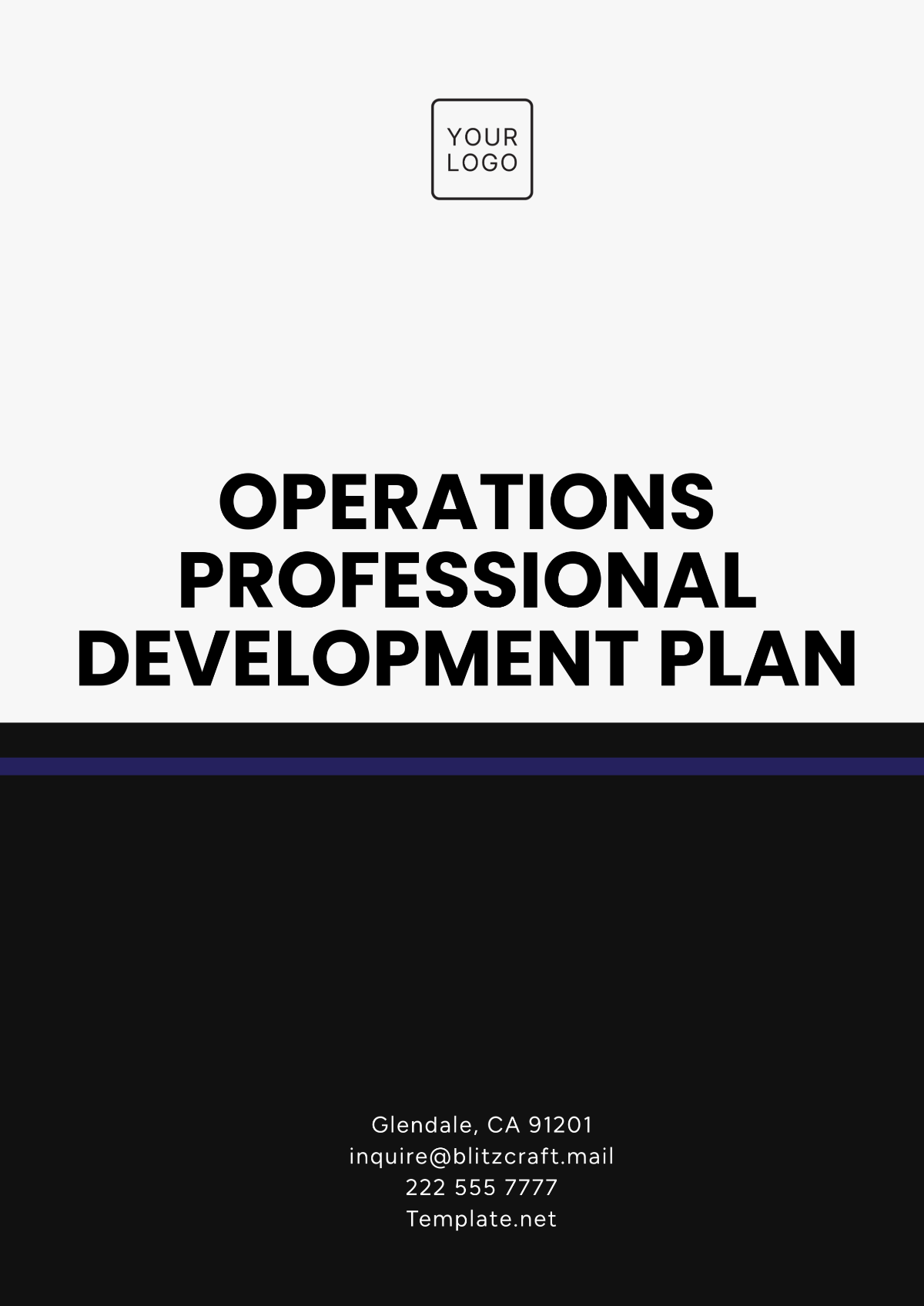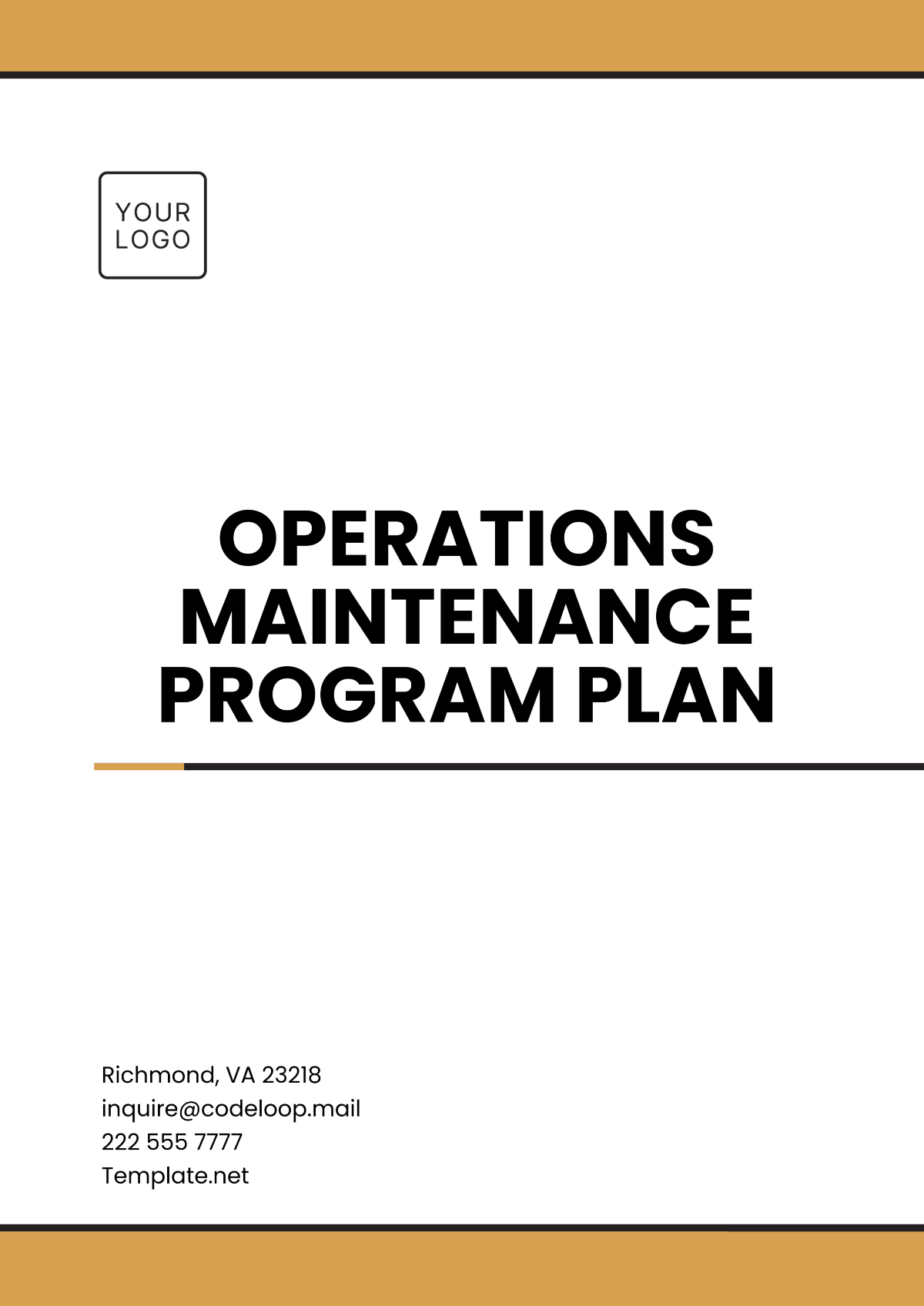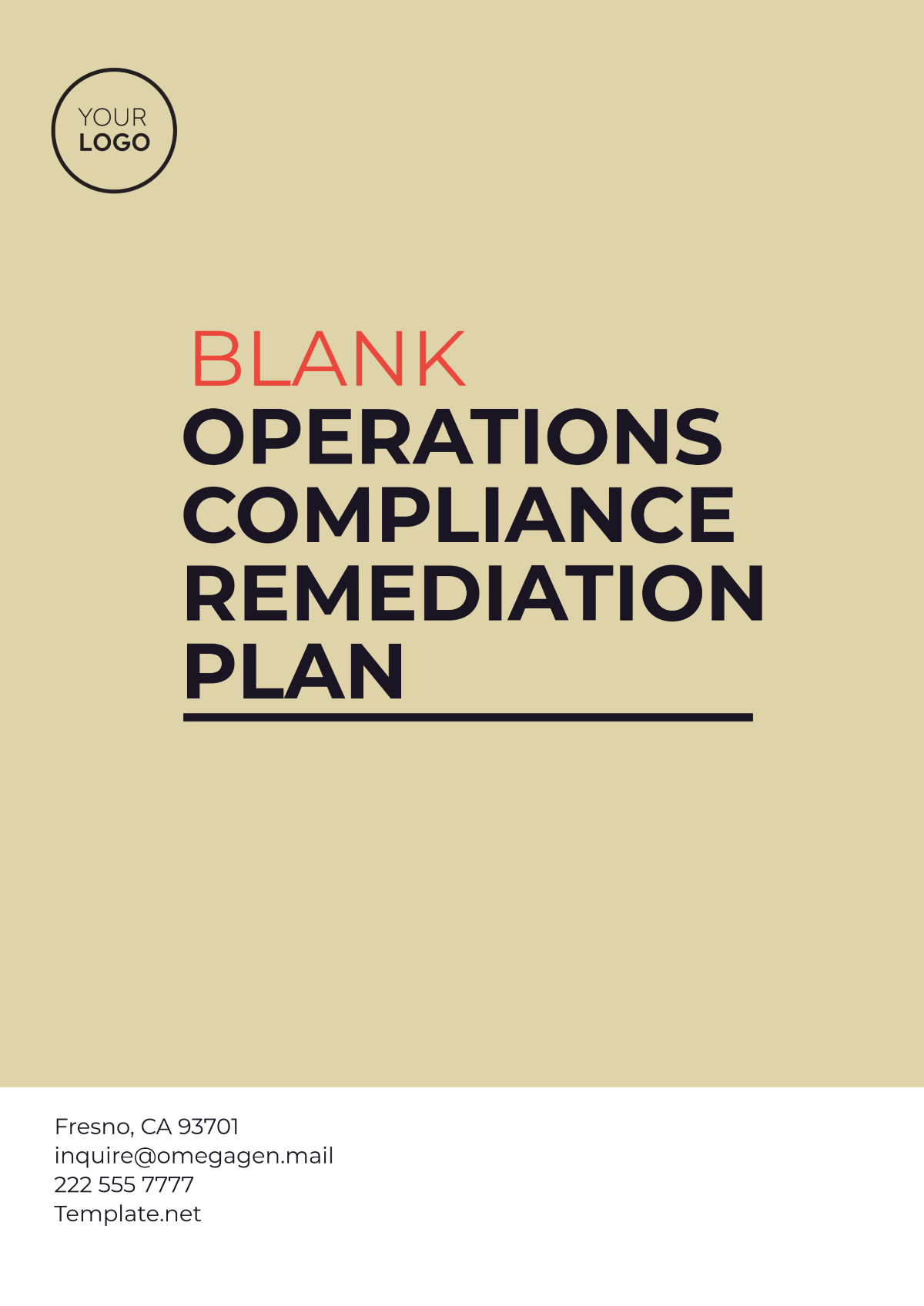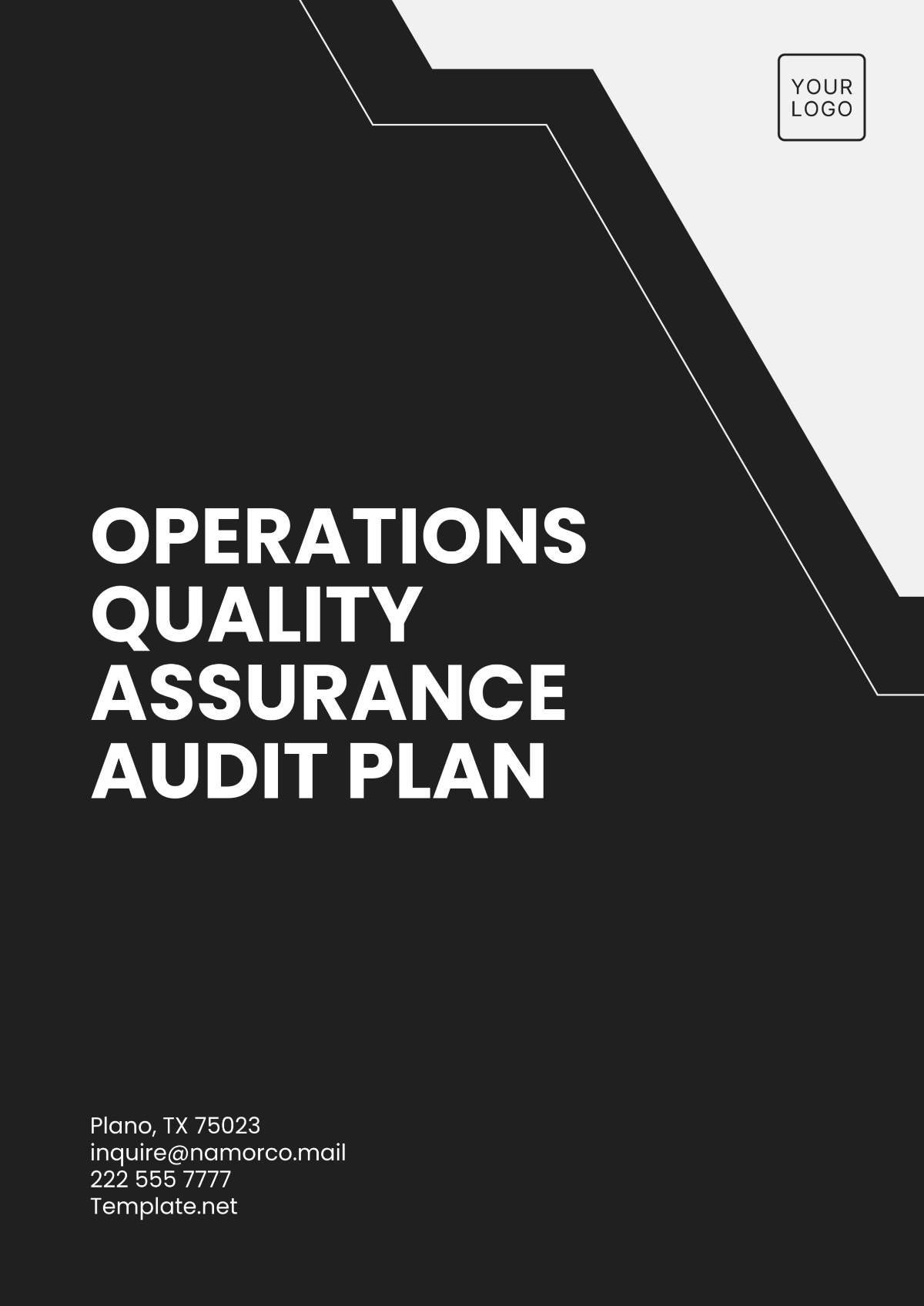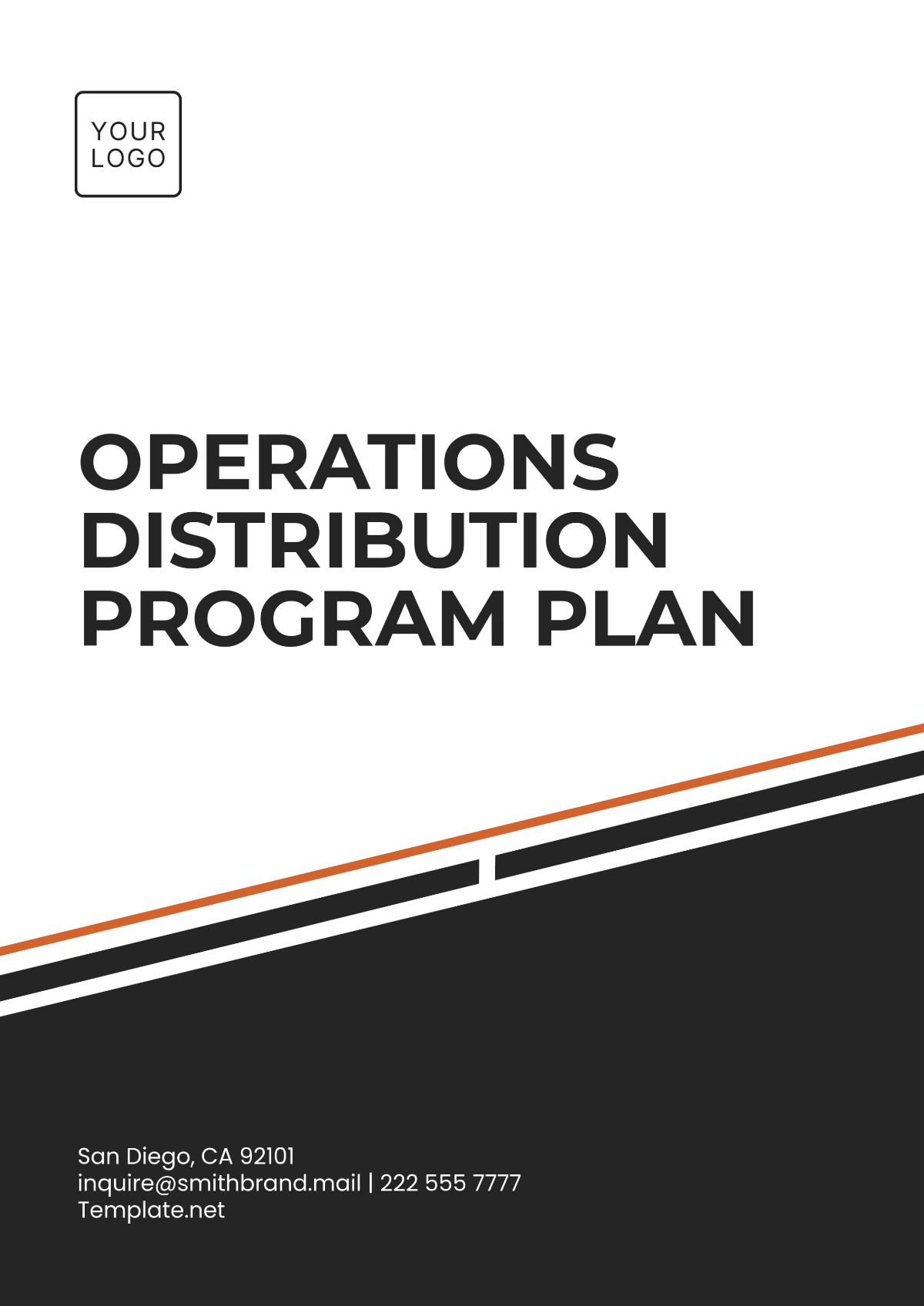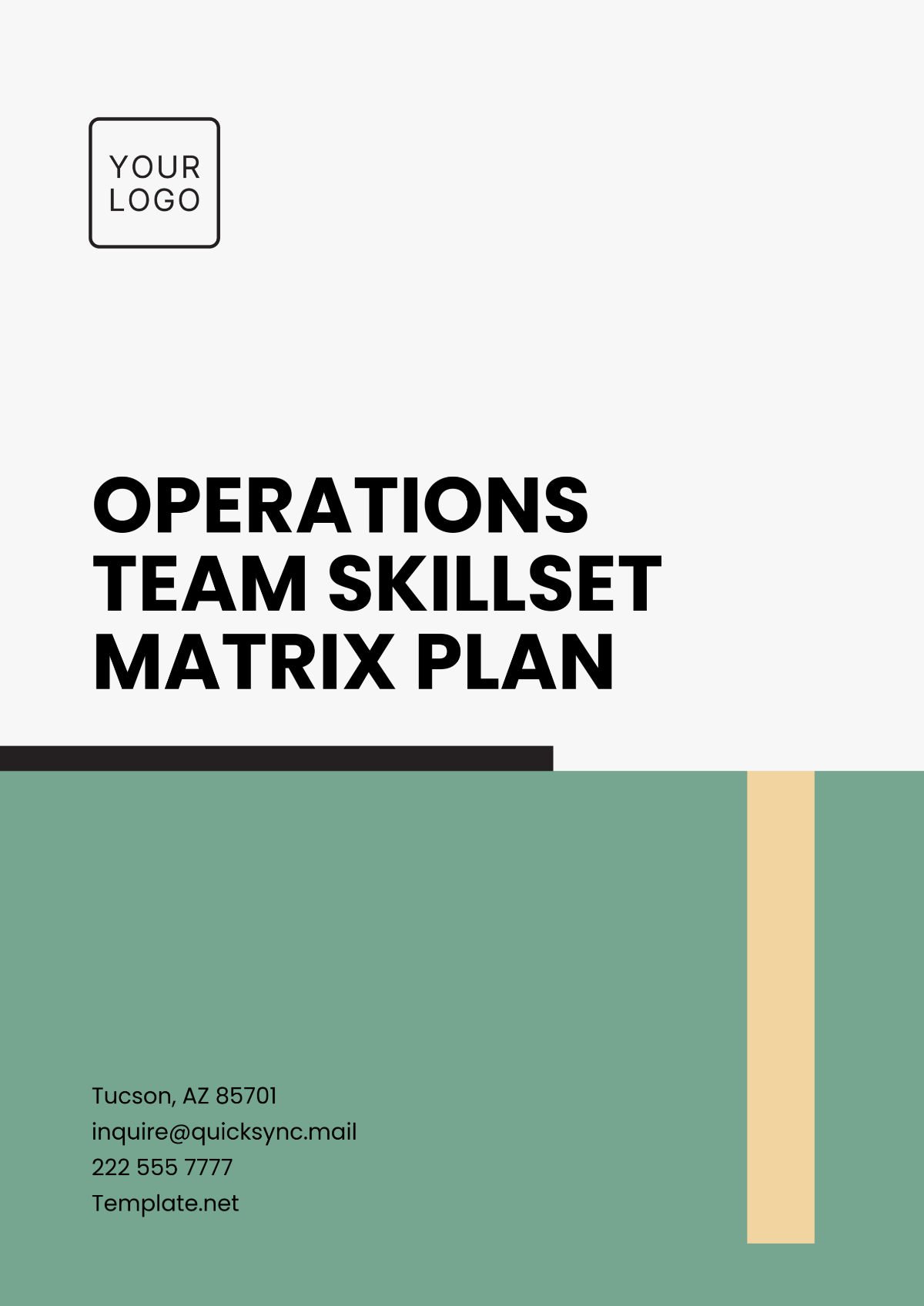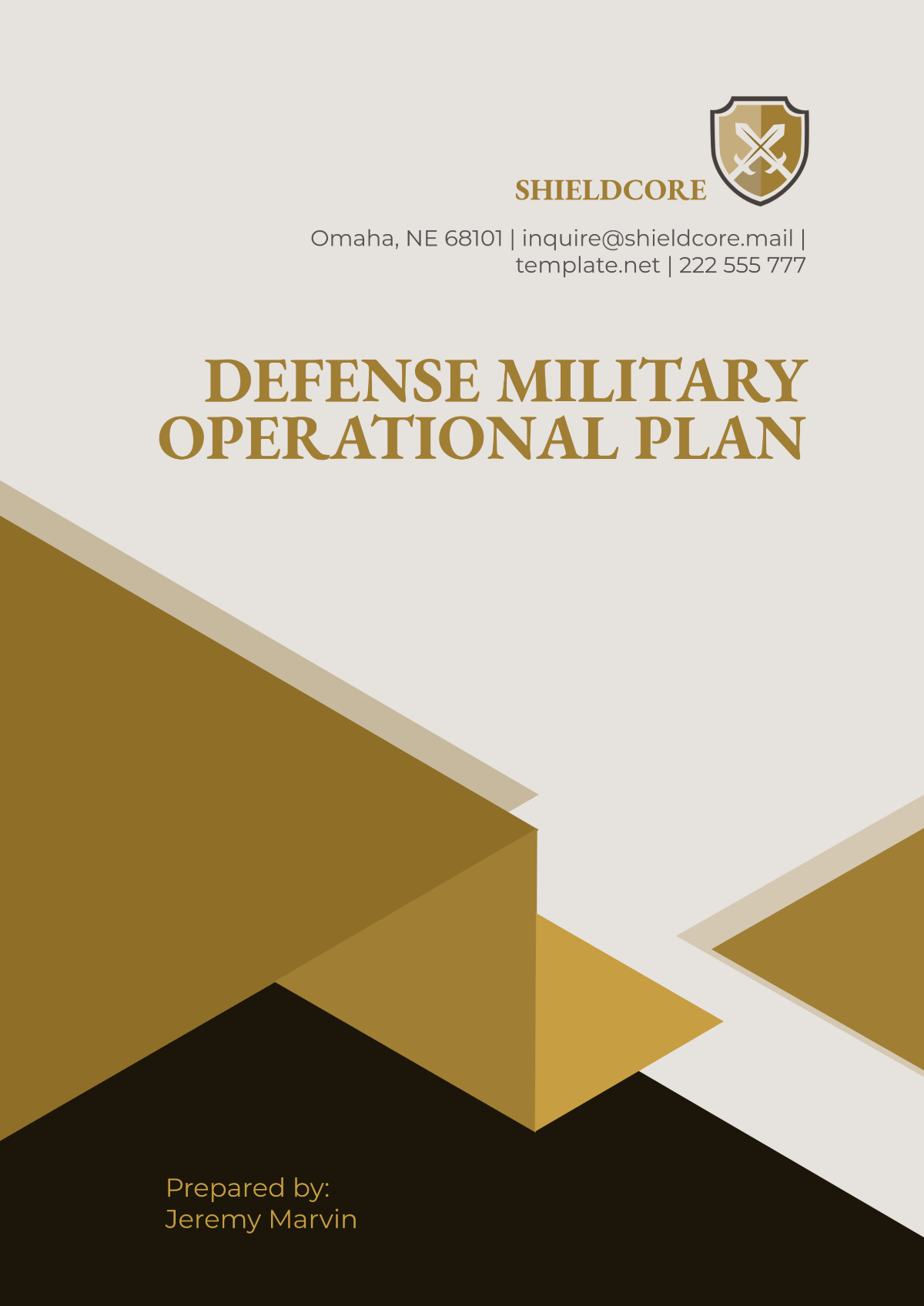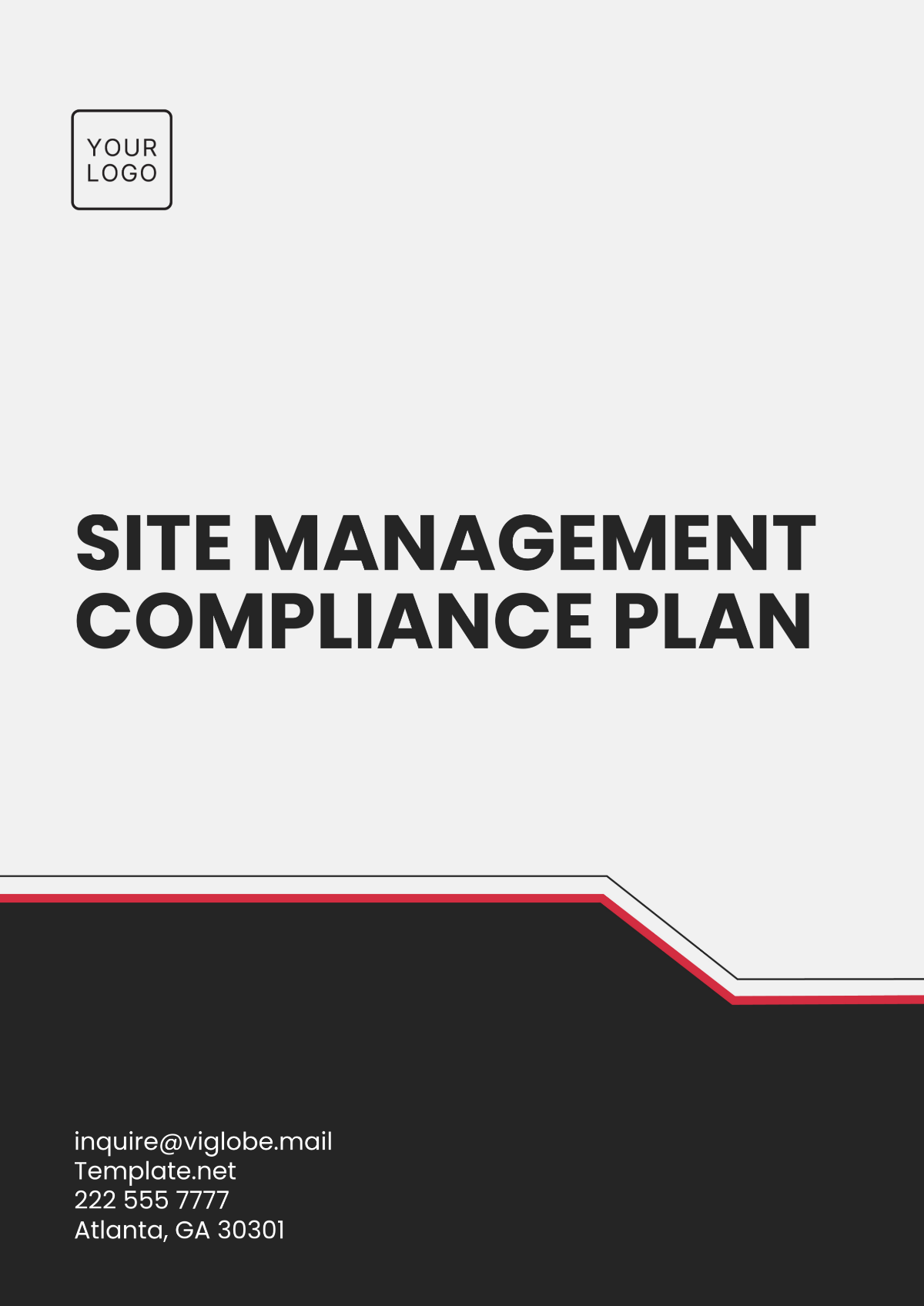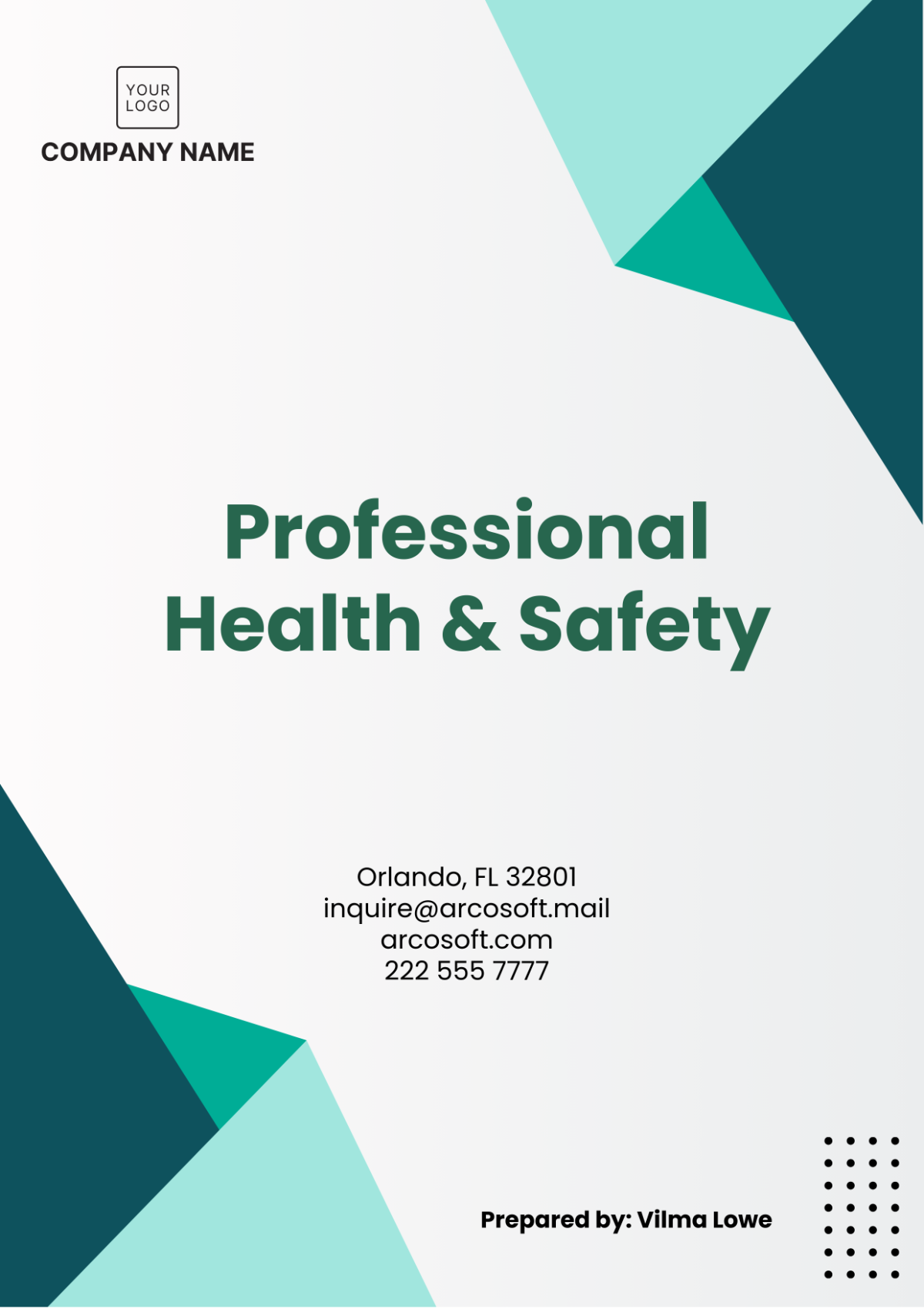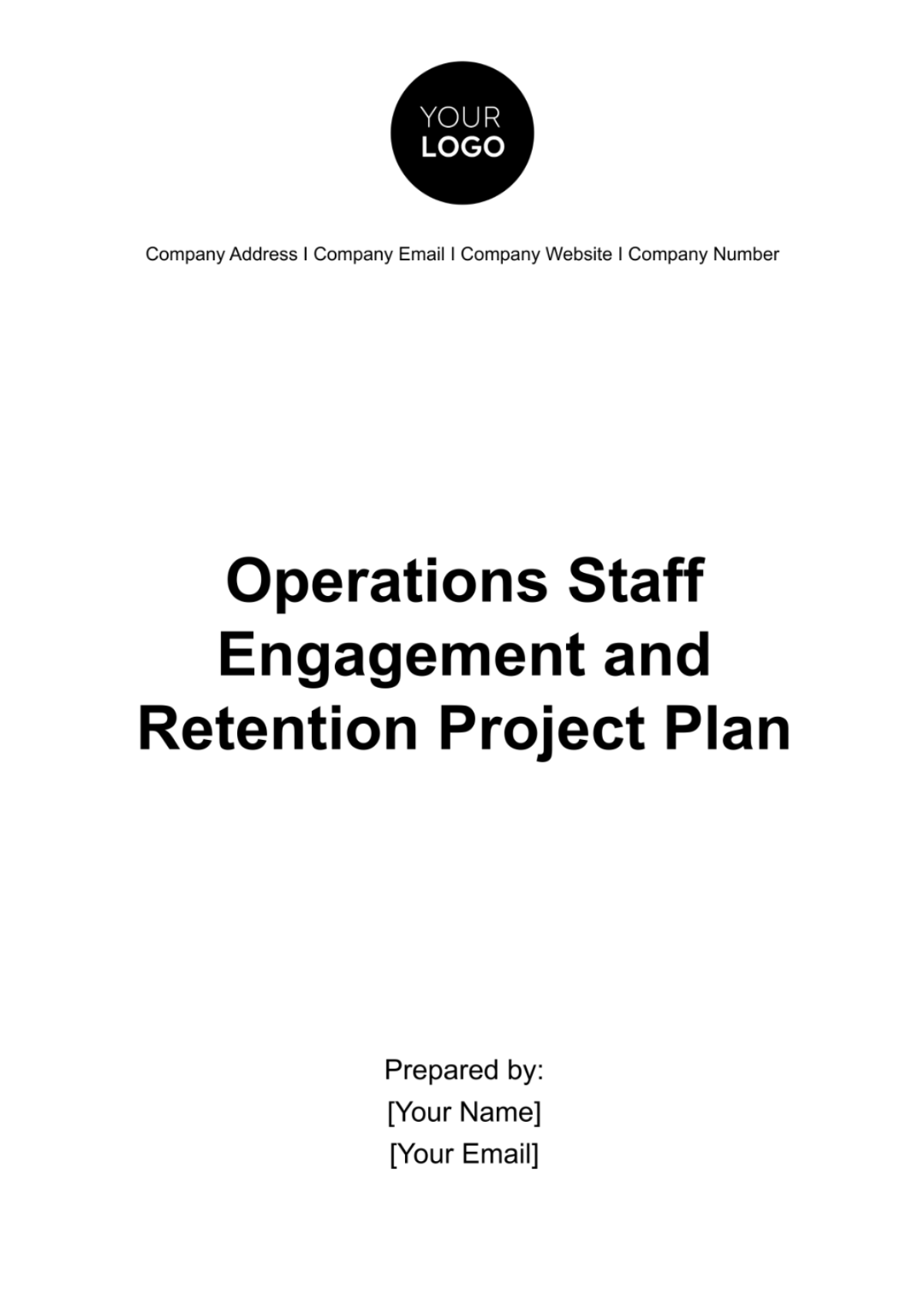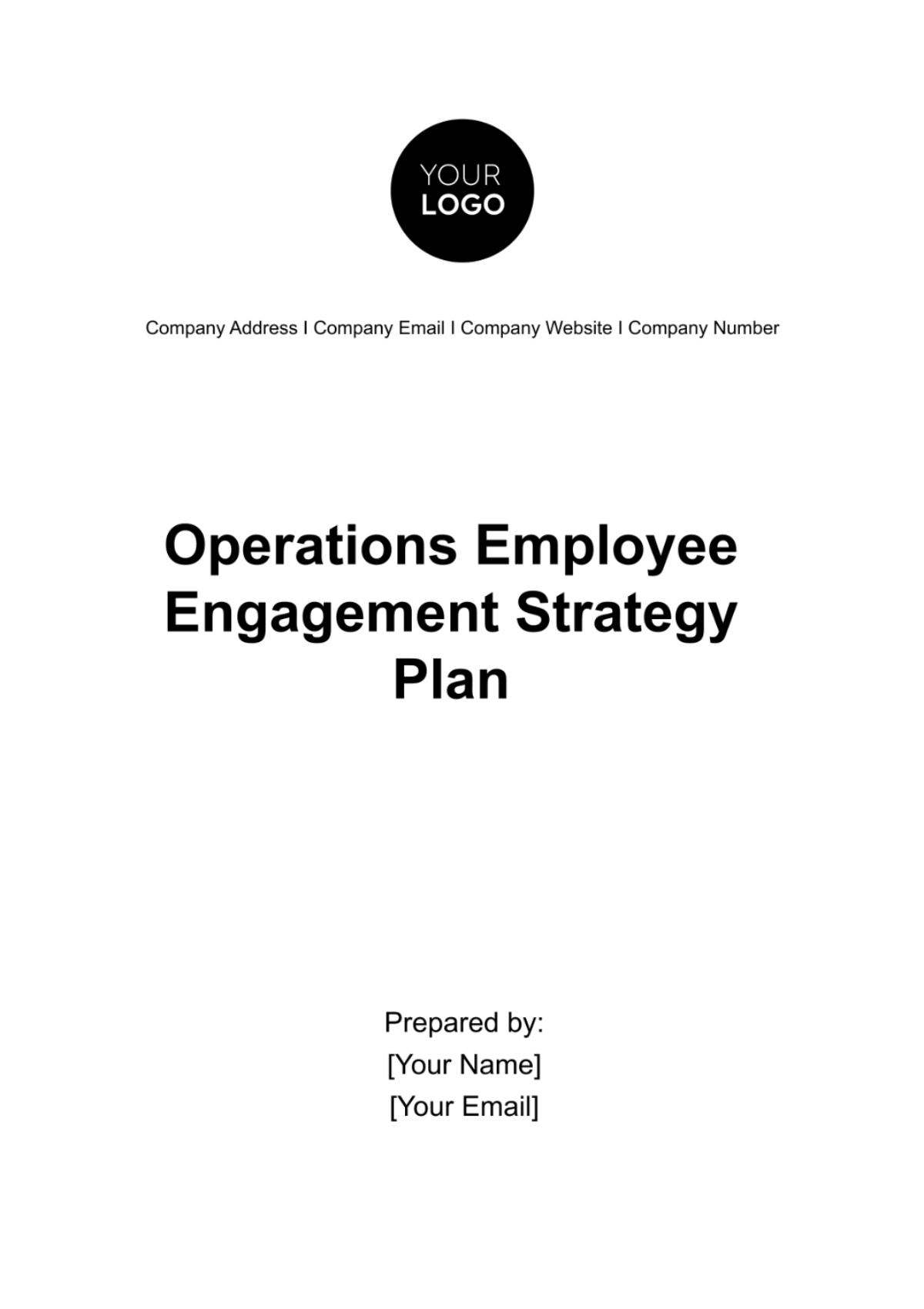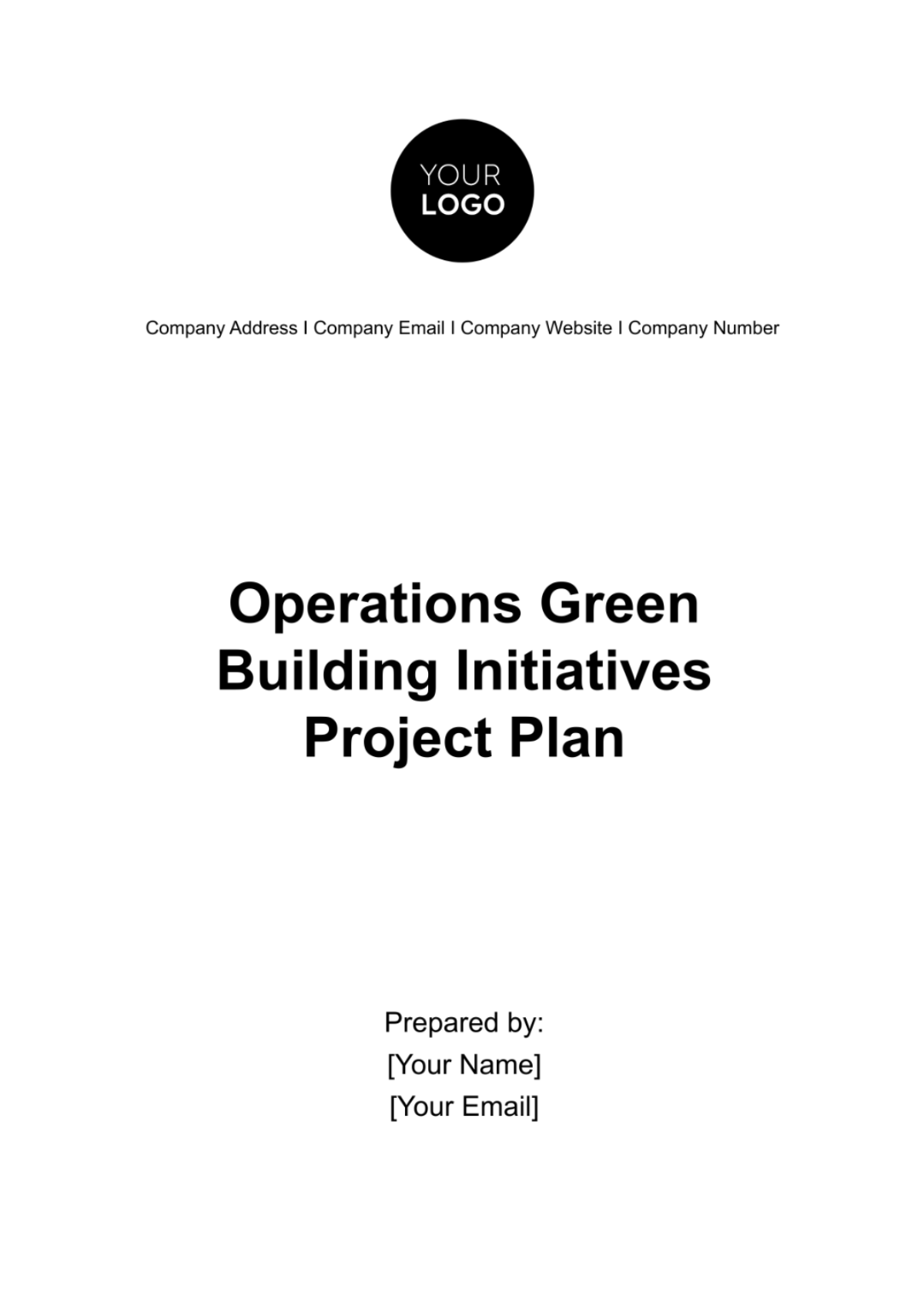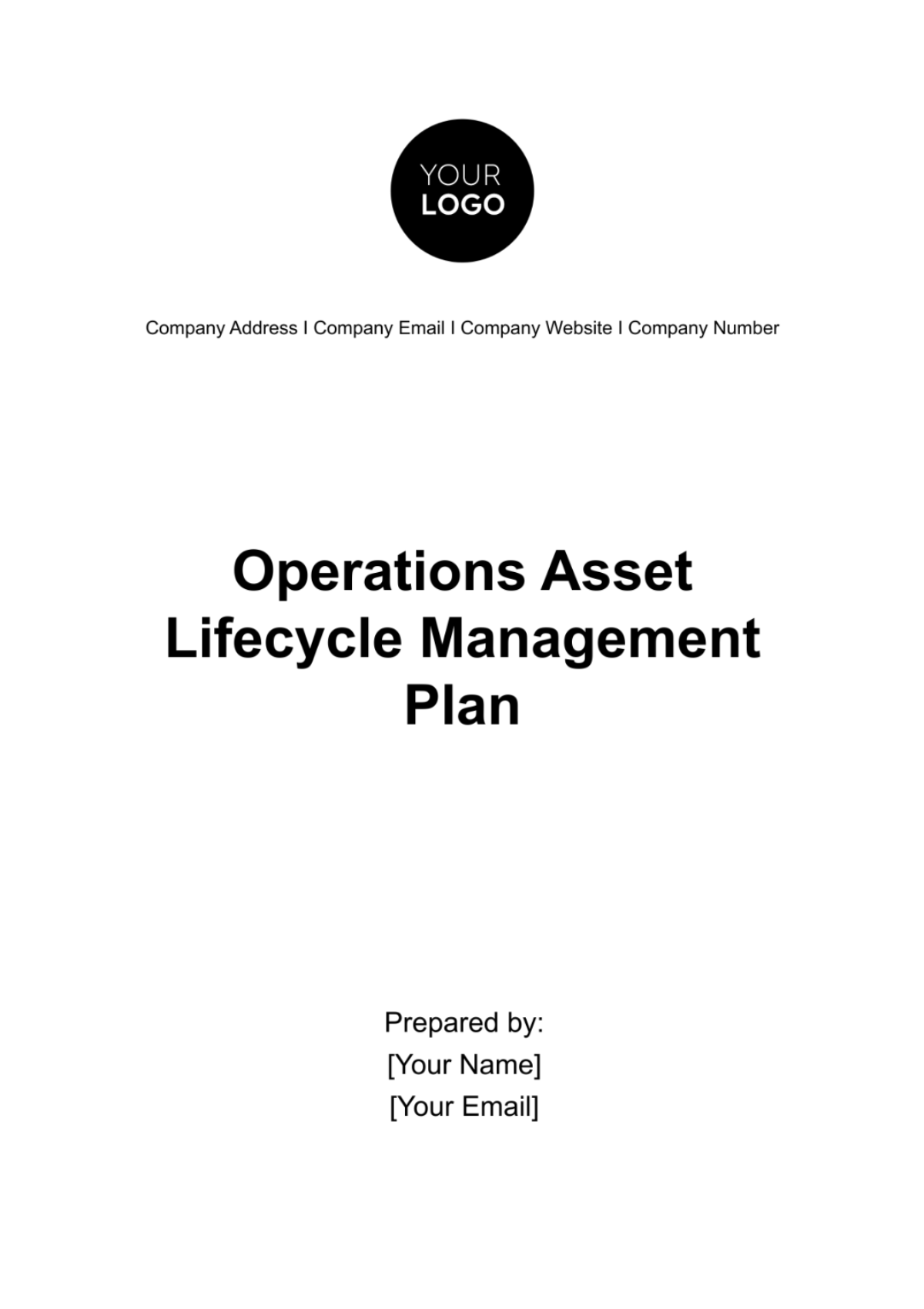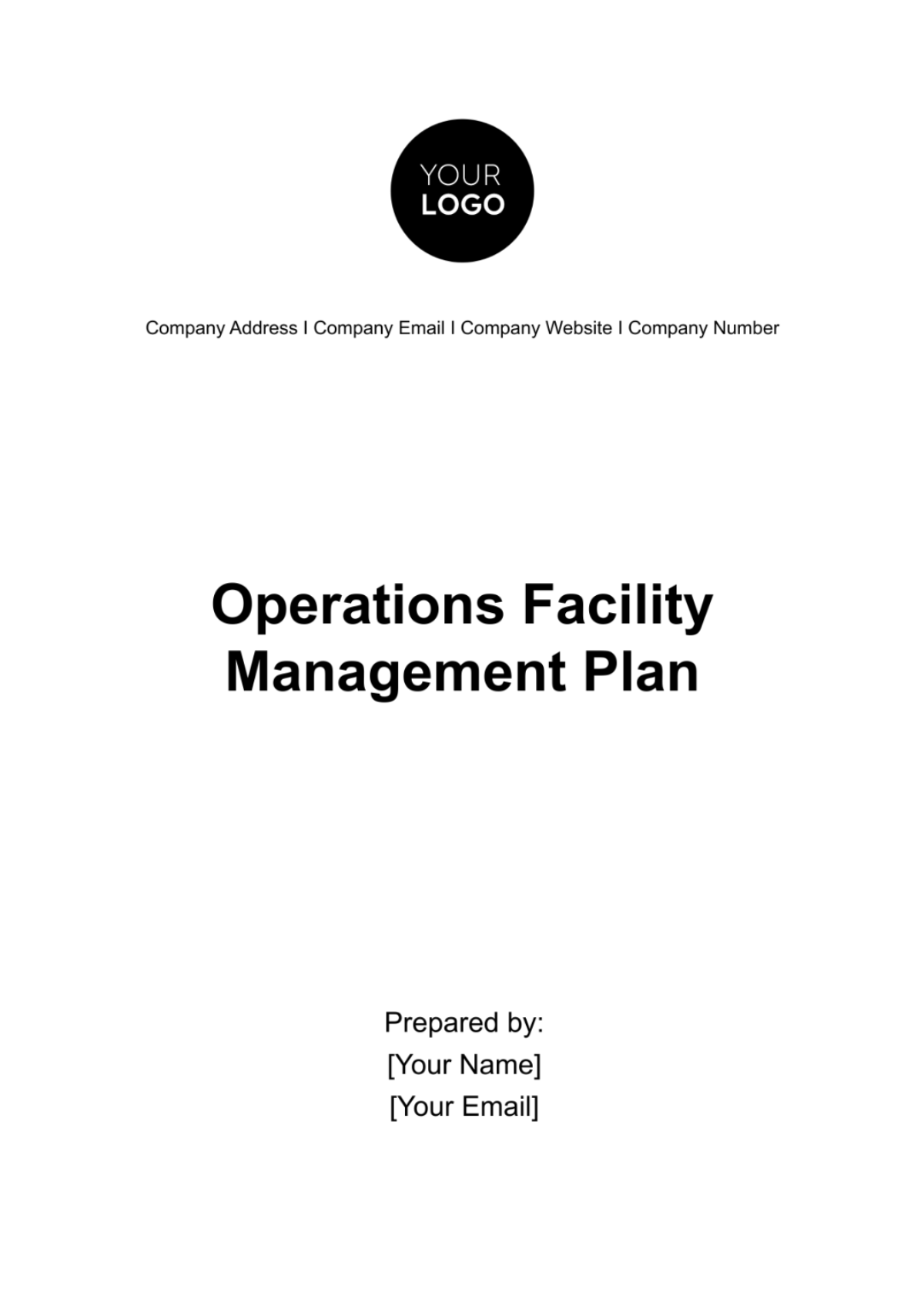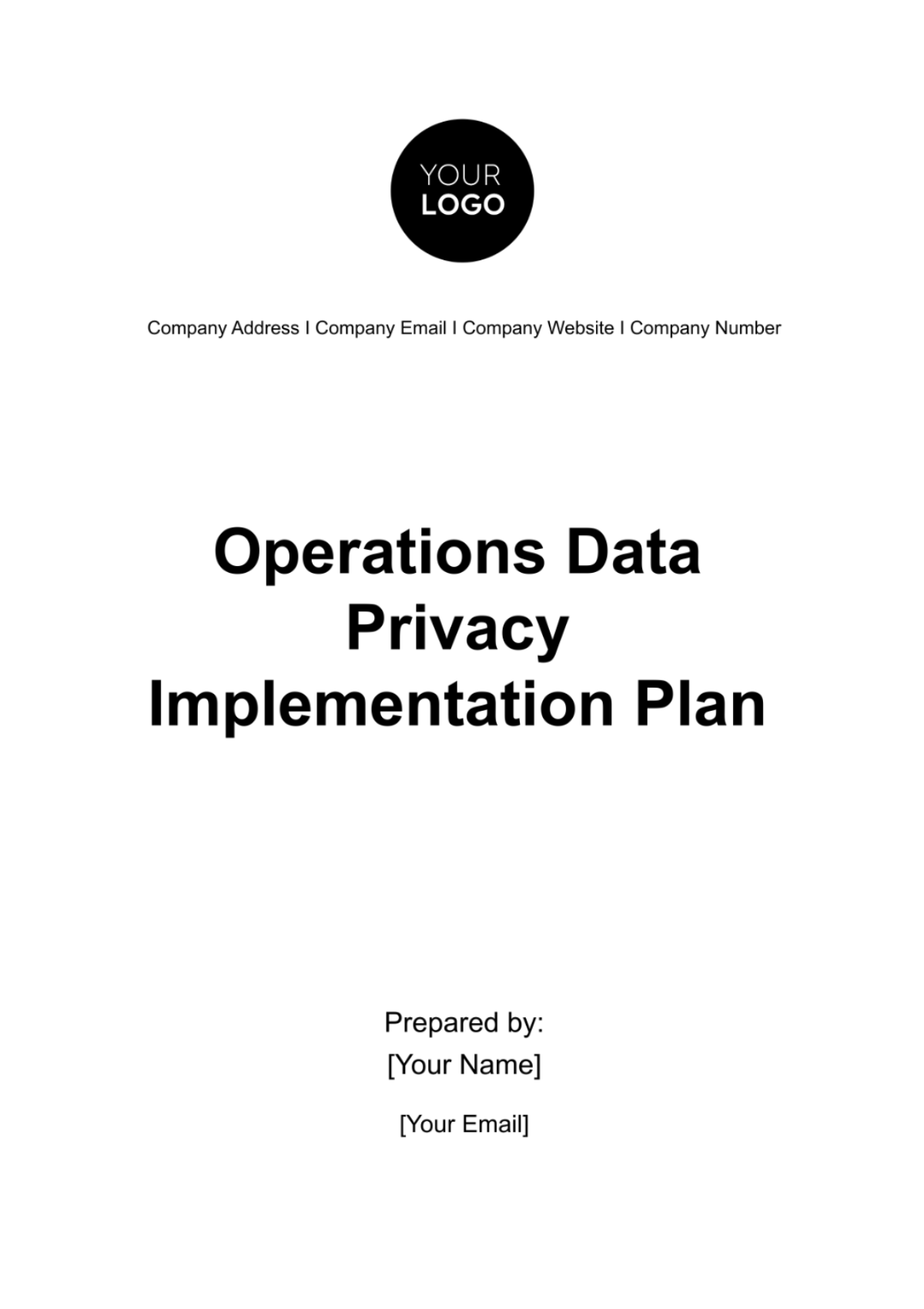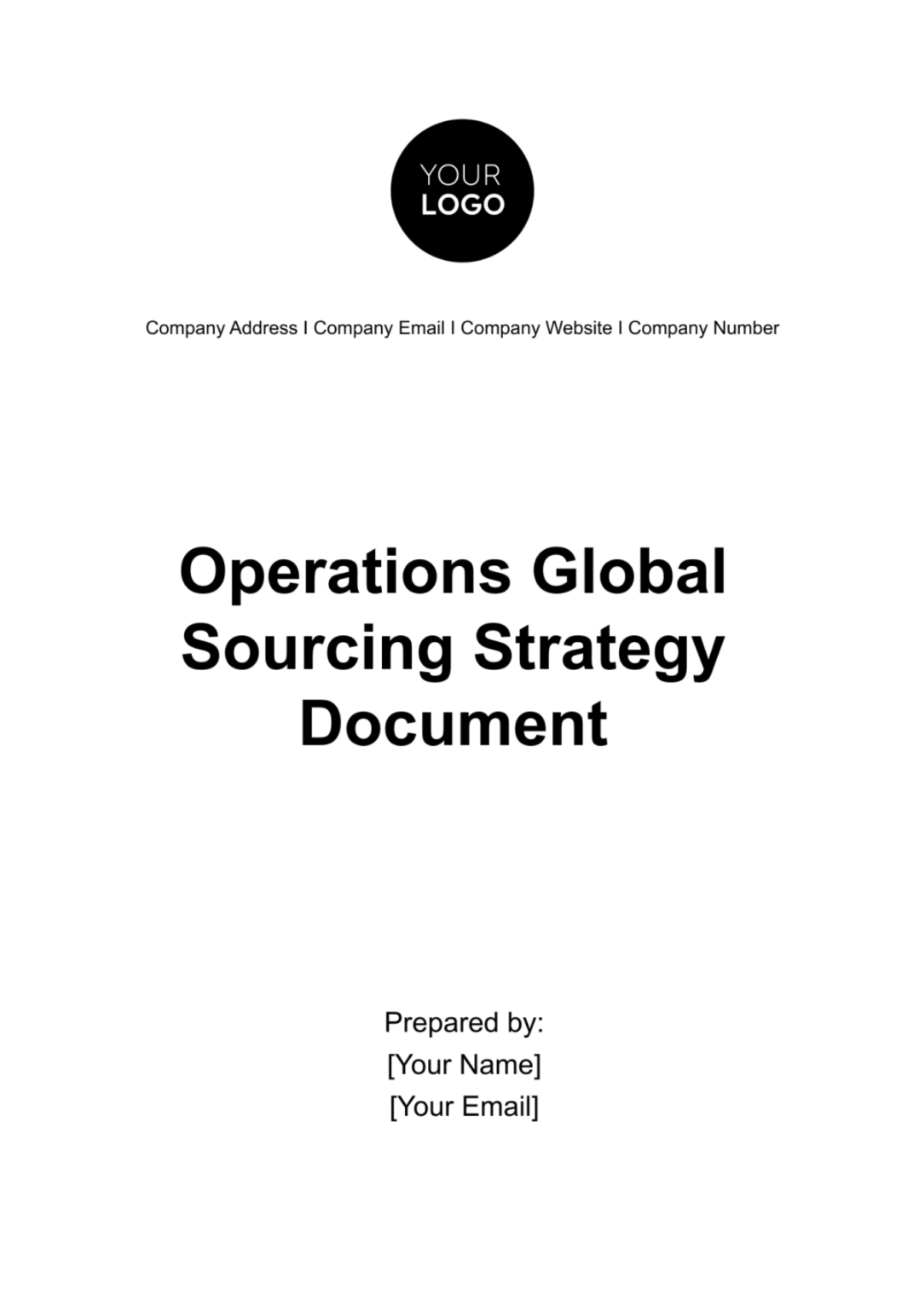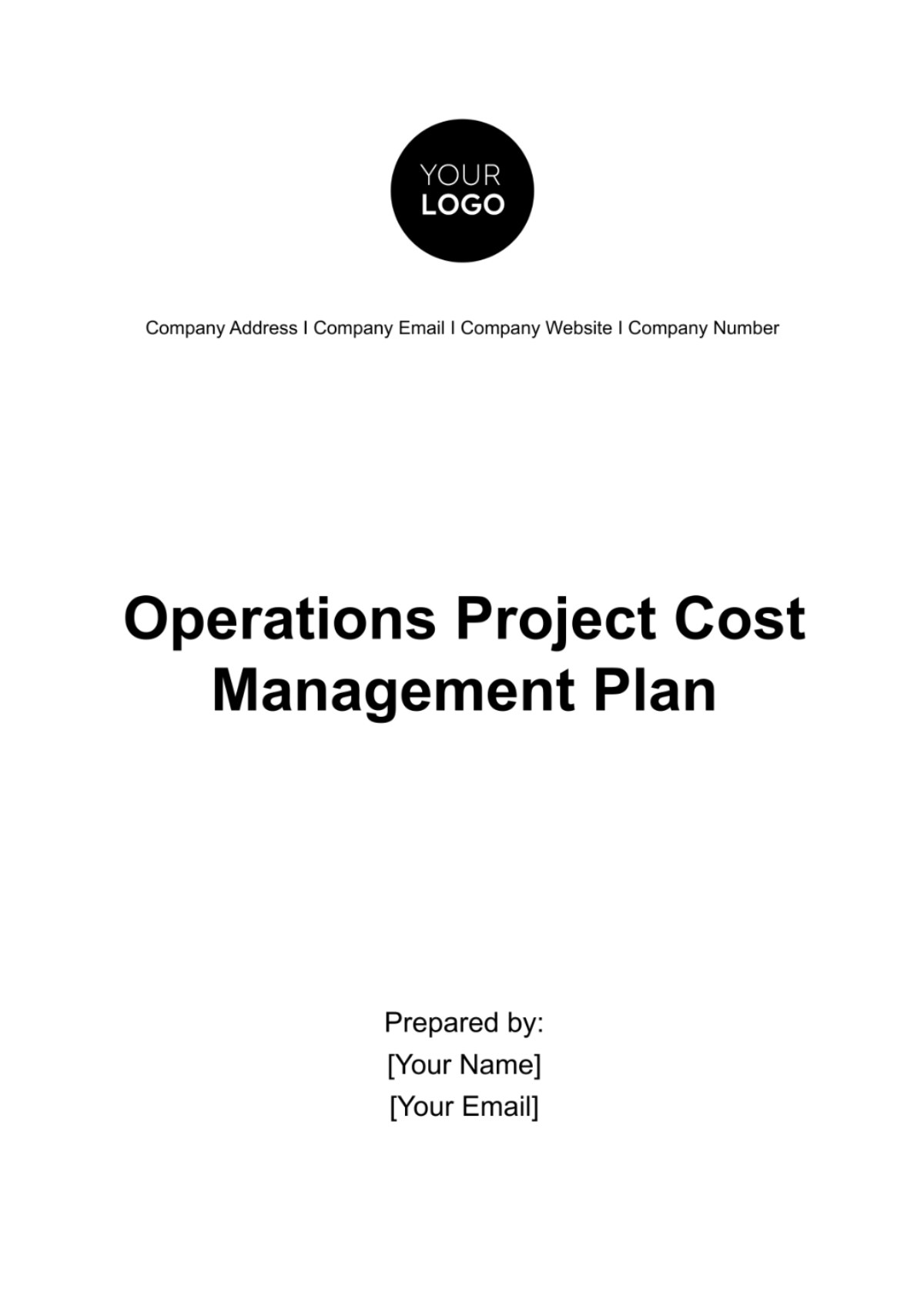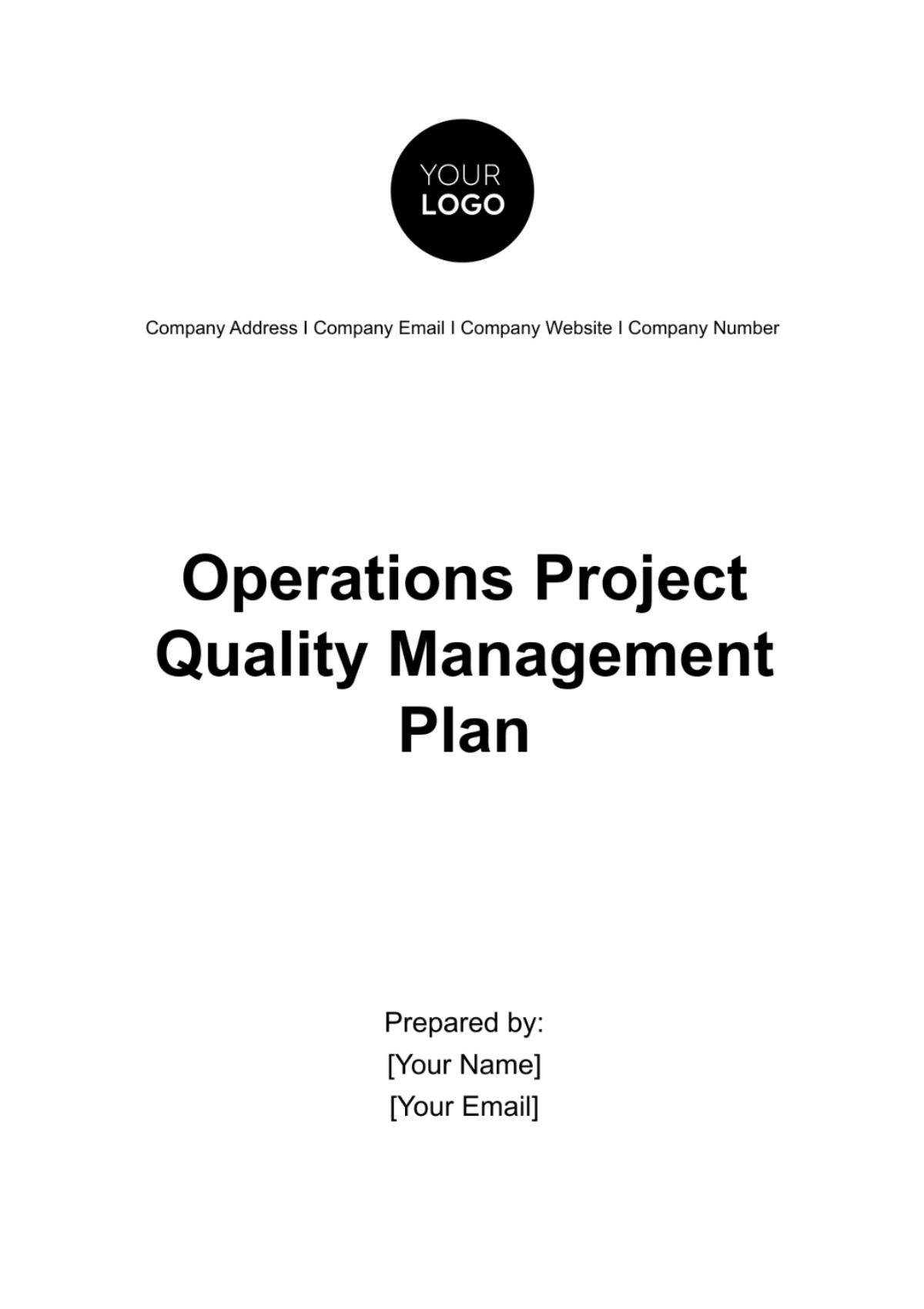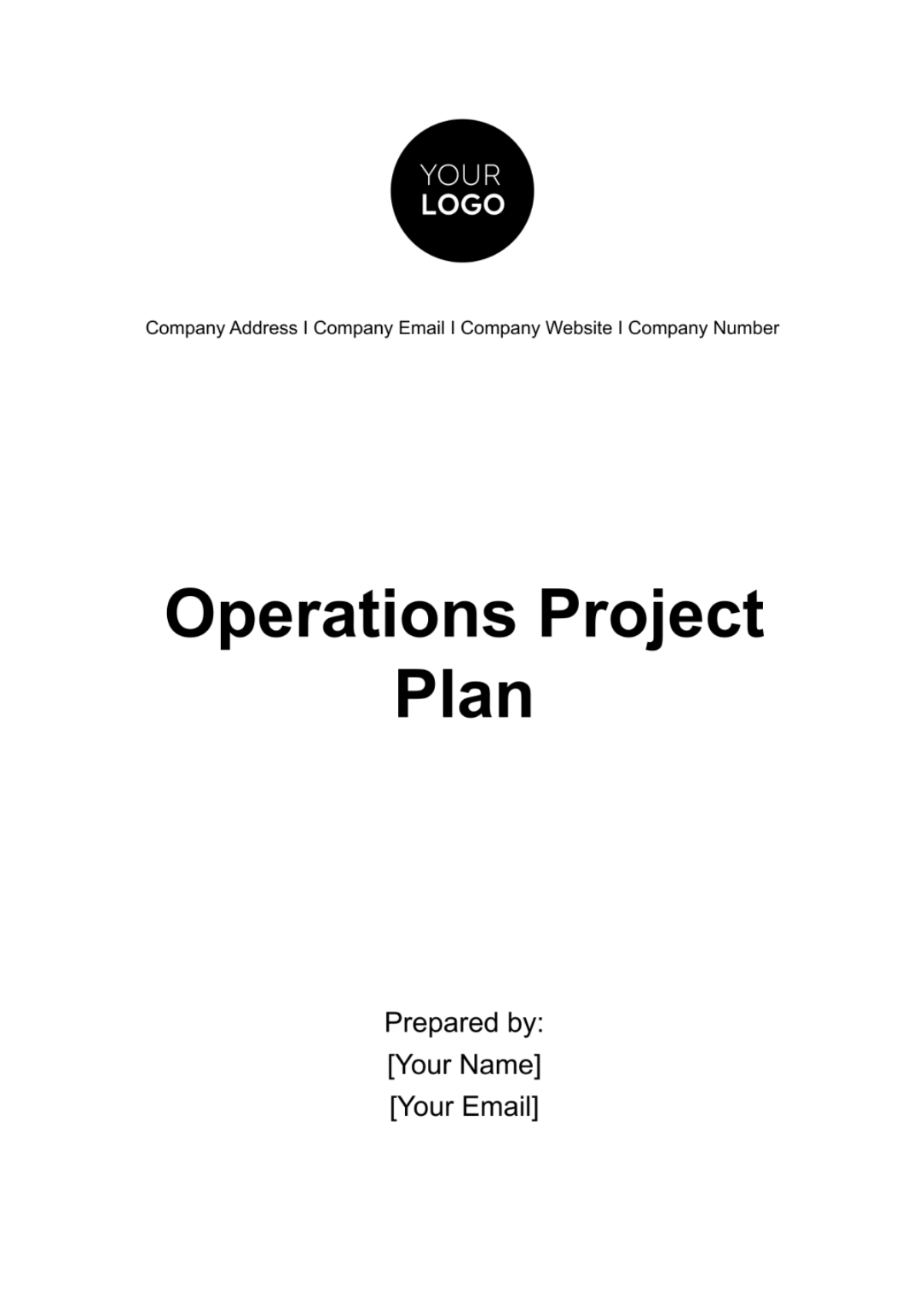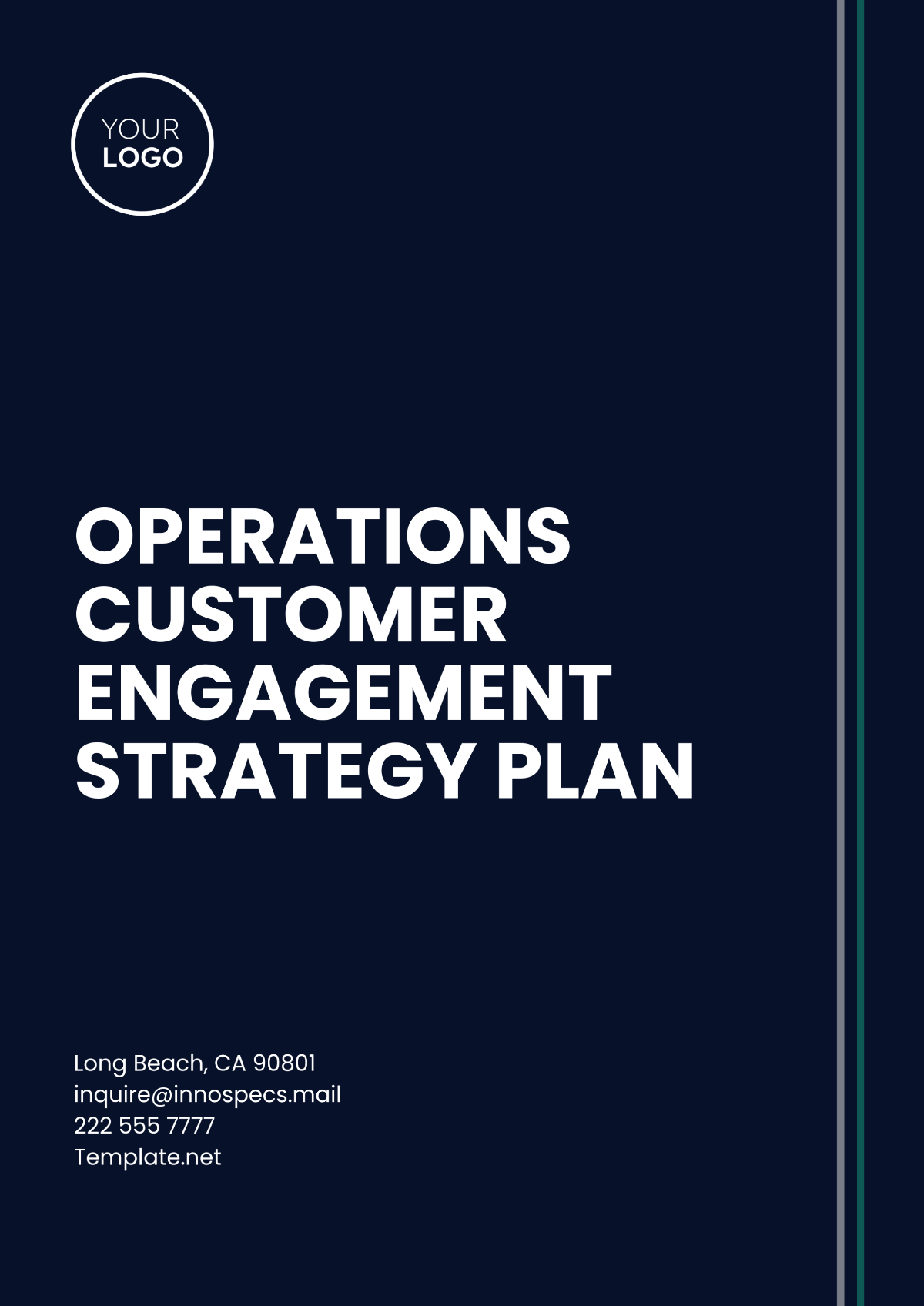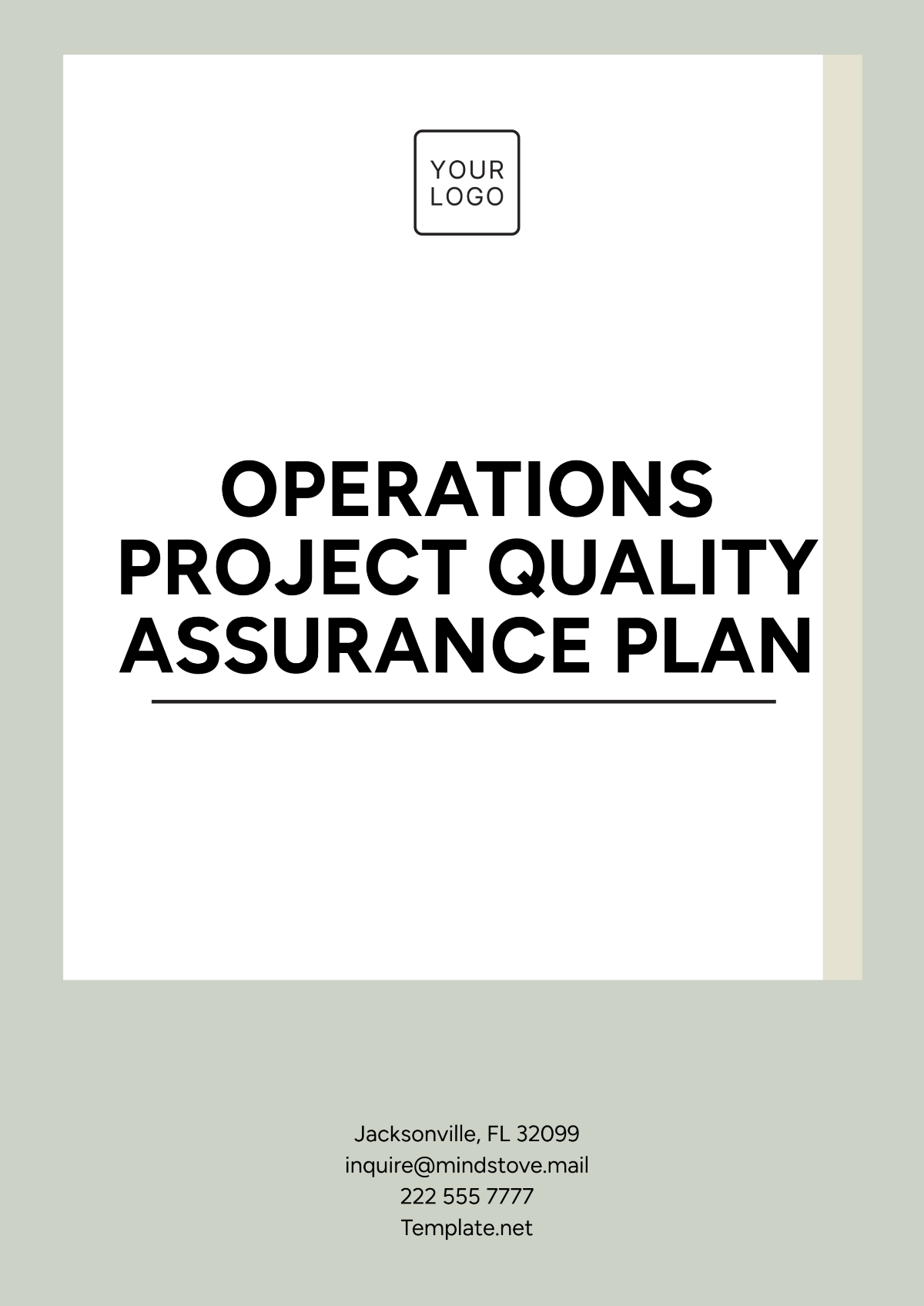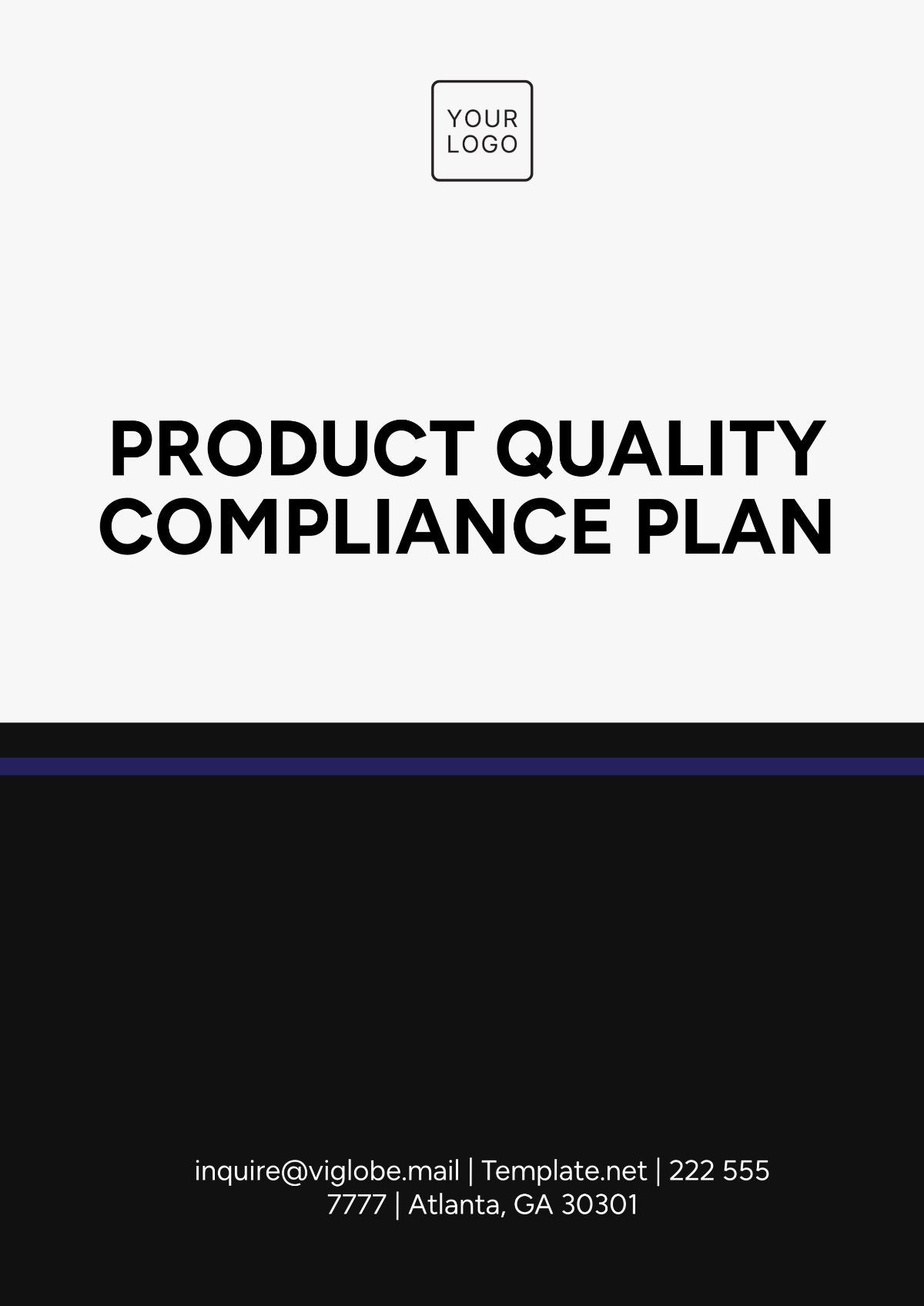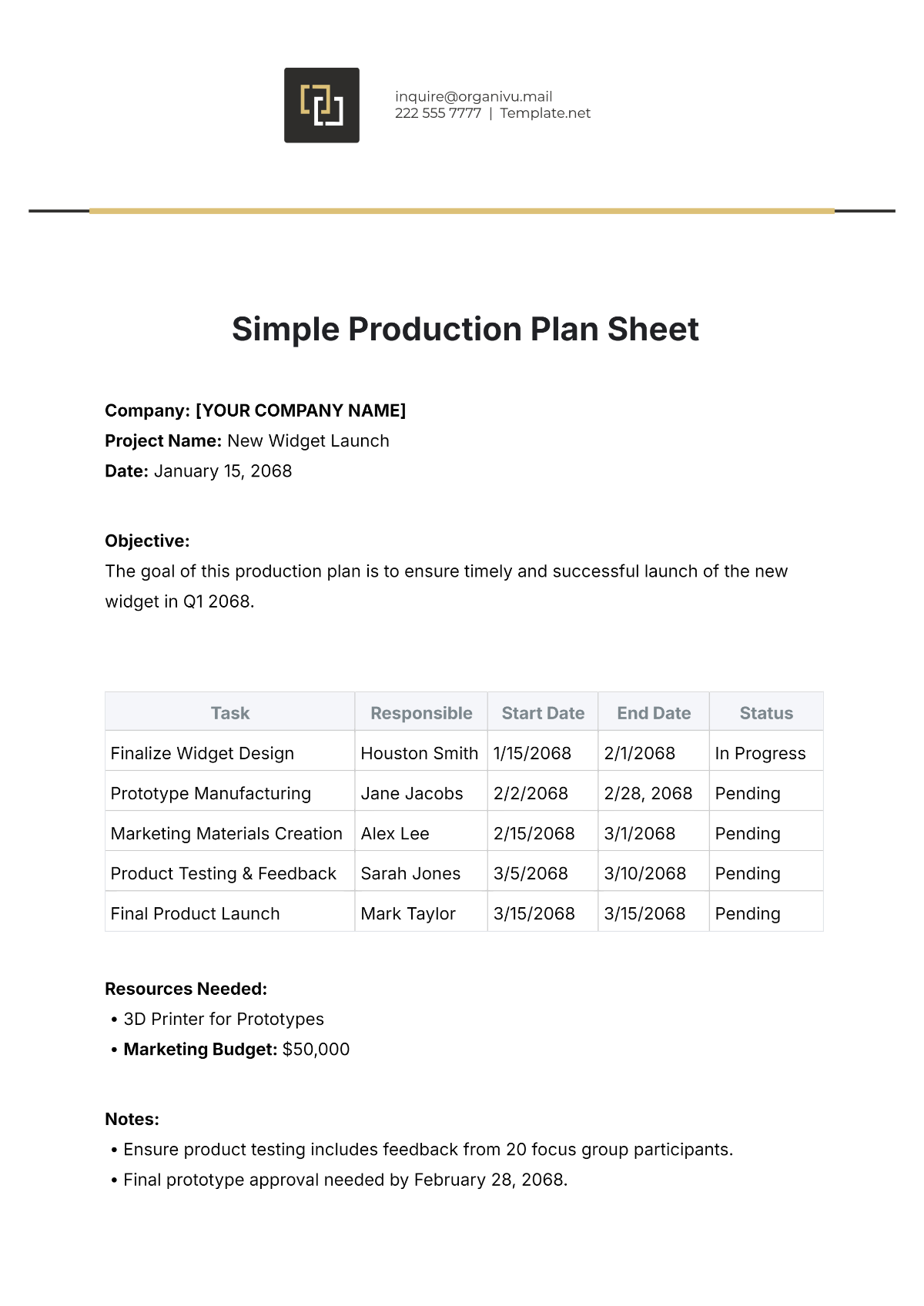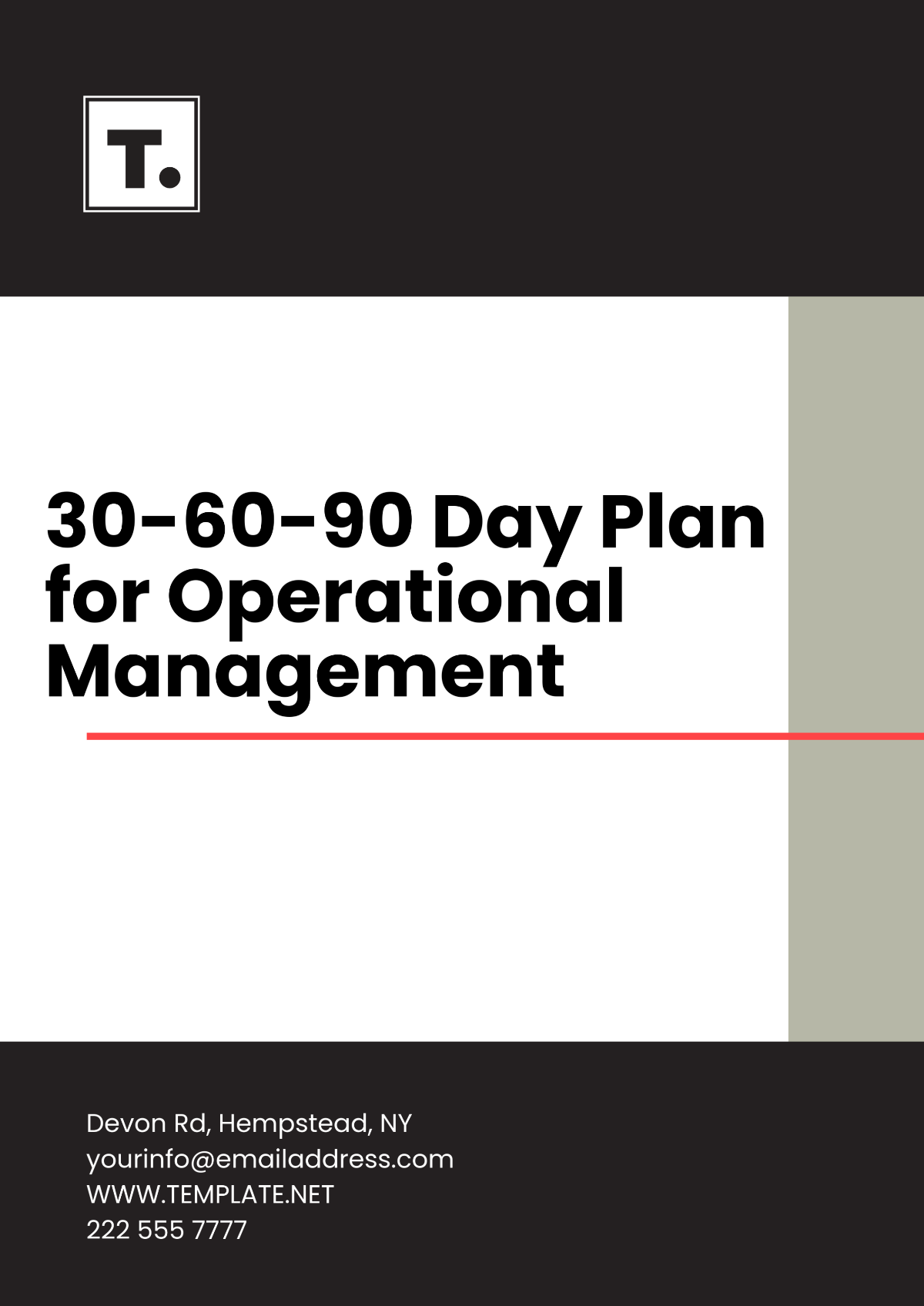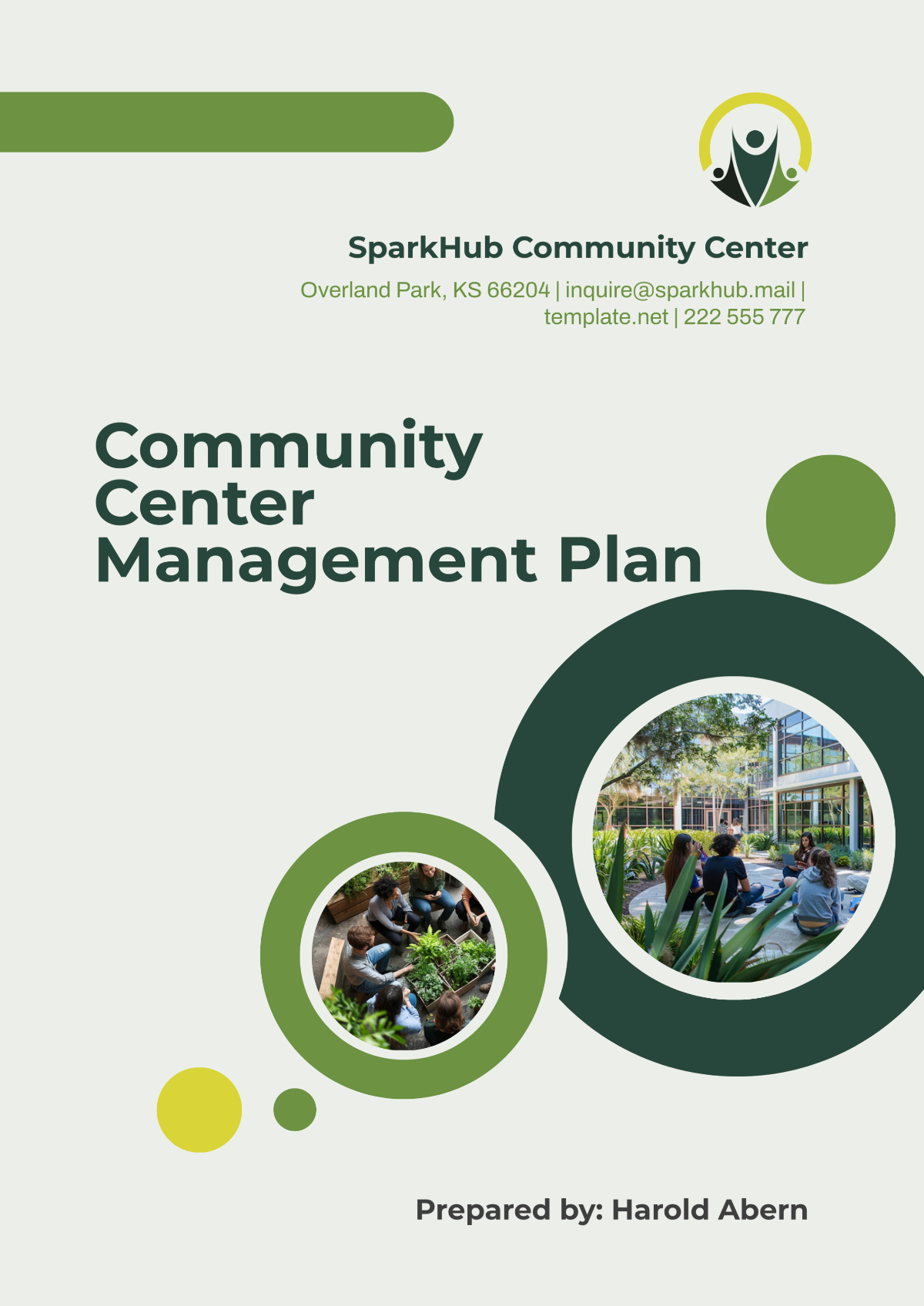Operations Project Quality Assurance Plan
Introduction
This Operations Project Quality Assurance Plan outlines the systematic approach to ensuring that all processes, activities, and outputs in [Your Company Name]'s operations projects meet the established standards of quality. The plan is designed to identify and mitigate risks in project execution, ensuring consistency, reliability, and excellence in all operational facets.
Purpose
The primary purpose of this Quality Assurance Plan is to ensure that [Your Company Name] delivers superior quality products and services, meeting both customer expectations and regulatory requirements. This plan serves as a guide for the project team to adhere to best practices in quality management throughout the project lifecycle.
Scope
This plan covers all aspects of operations projects within [Your Company Name], including design, development, production, and delivery of products and services. It applies to all team members involved in the project, including management, project leaders, contractors, and suppliers.
Quality Management System
[Your Company Name] commits to a comprehensive Quality Management System (QMS) based on ISO 9001 standards. The QMS encompasses all processes and procedures aimed at ensuring quality in project execution, documentation, and continuous improvement.
Principles
The following principles should be utilized:
Customer Focus: Prioritize customer needs and strive for customer satisfaction.
Leadership Commitment: Leaders at all levels will actively support quality initiatives.
Engagement of People: Involve all team members in quality assurance activities.
Process Approach: Manage activities and related resources as processes.
Improvement: Continuously seek opportunities to improve the QMS.
Evidence-based Decision Making: Base decisions on the analysis of data and information.
Relationship Management: Build and maintain positive relationships with stakeholders.
Quality Objectives
These Objectives should be adopted and utilized to achieve our quality objectives:
Zero Defects: Strive for zero defects in product delivery and project execution.
On-Time Delivery: Achieve 100% on-time delivery of projects and products.
Customer Satisfaction: Maintain customer satisfaction rates above 95%.
Continuous Improvement: Implement at least [X] improvement initiatives per quarter.
Roles and Responsibilities
Quality Assurance Manager: Oversee the QMS, ensuring compliance with standards and continuous improvement of processes.
Project Manager: Ensure project execution aligns with the quality plan, managing resources and timelines effectively.
Team Members: Follow defined processes and procedures, actively participate in quality training, and contribute to continuous improvement.
Quality Assurance Activities
Planning
Develop a Quality Management Plan for each project, detailing processes, standards, and metrics.
Define quality objectives, key performance indicators (KPIs), and benchmarks.
Monitoring and Control
Conduct regular quality audits and inspections to ensure adherence to standards.
Implement a Quality Control System to monitor quality at every stage of the project.
Verification and Validation
Verify that project deliverables meet the defined requirements and standards.
Validate that the final product or service meets customer needs and expectations.
Documentation
Maintain comprehensive documentation for all quality assurance activities and processes.
Ensure easy access to quality records for all team members and stakeholders.
Training
Provide ongoing quality assurance training and education to all project team members.
Promote a culture of quality awareness and continuous improvement.
Communication Plan
Regularly communicate quality objectives, updates, and achievements to all stakeholders.
Use [Your Company Website], [Your Company Social Media], and internal communication channels to disseminate quality-related information.
Risk Management
Identify potential quality risks at the outset of each project.
Develop and implement risk mitigation strategies to prevent or reduce the impact of these risks.
Continuous Improvement
Utilize feedback from quality audits, customer reviews, and team retrospectives to identify improvement opportunities.
Implement a structured approach to continuous improvement using the Plan-Do-Check-Act (PDCA) cycle.
Quality Assurance Tools and Techniques
Statistical Process Control (SPC): Monitor and control processes using statistical methods.
Root Cause Analysis (RCA): Identify and address the root causes of defects or problems.
Quality Function Deployment (QFD): Translate customer needs into specific quality requirements.
Performance Evaluation
Regularly review the effectiveness of the QMS through performance metrics and KPIs.
Conduct annual quality reviews with senior management to assess the overall health of the quality system.
Compliance and Certification
Ensure compliance with all relevant legal, regulatory, and industry standards.
Pursue certifications that demonstrate [Your Company Name]'s commitment to quality, such as ISO 9001.
Conclusion
This Quality Assurance Plan represents [Your Company Name]'s unwavering commitment to excellence in every aspect of our operations. By adhering to the principles and practices outlined in this document, we aim to not only meet but exceed the quality expectations of our customers and stakeholders.
For further information or to provide feedback on this plan, please contact [Your Name], Quality Assurance Manager, at [Your Email], or reach out via [Your Company Number] or [Your Company Social Media].
This document is a living framework, subject to review and revision in response to changes in project requirements, customer feedback, and continuous improvement initiatives. [Your Company Name] is dedicated to maintaining the highest standards of quality, reflecting our commitment to excellence in all we do.
